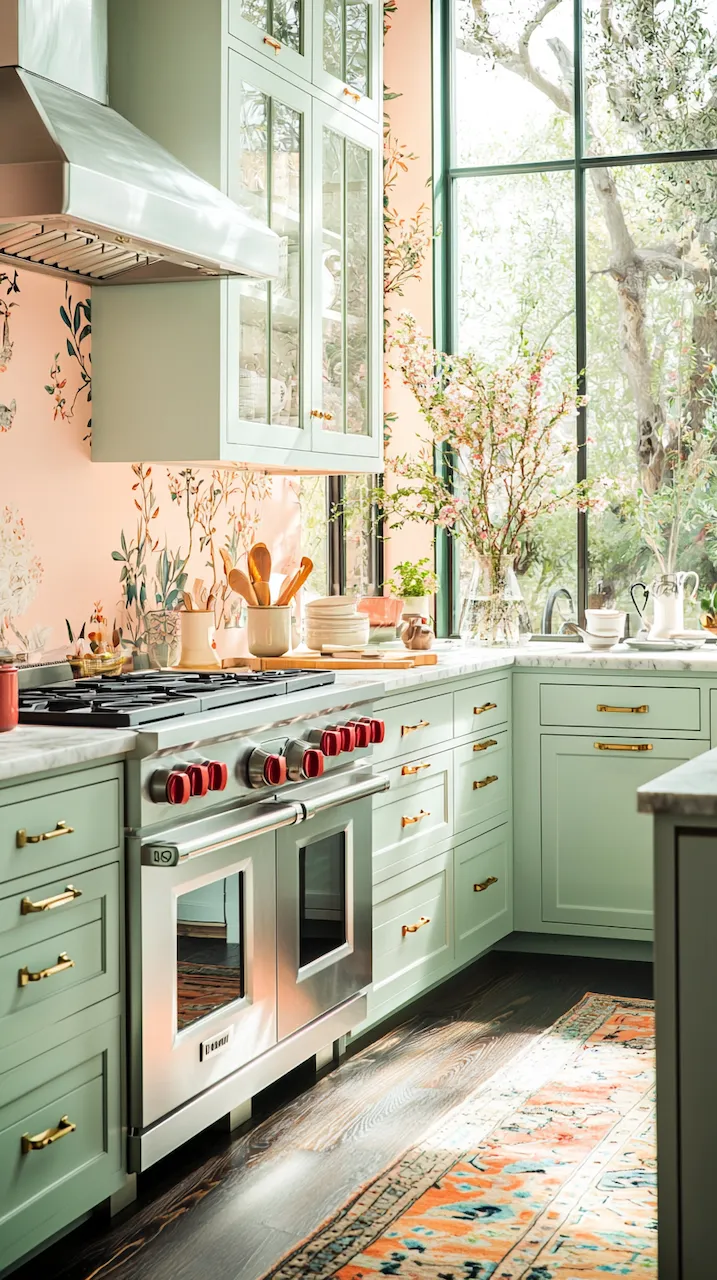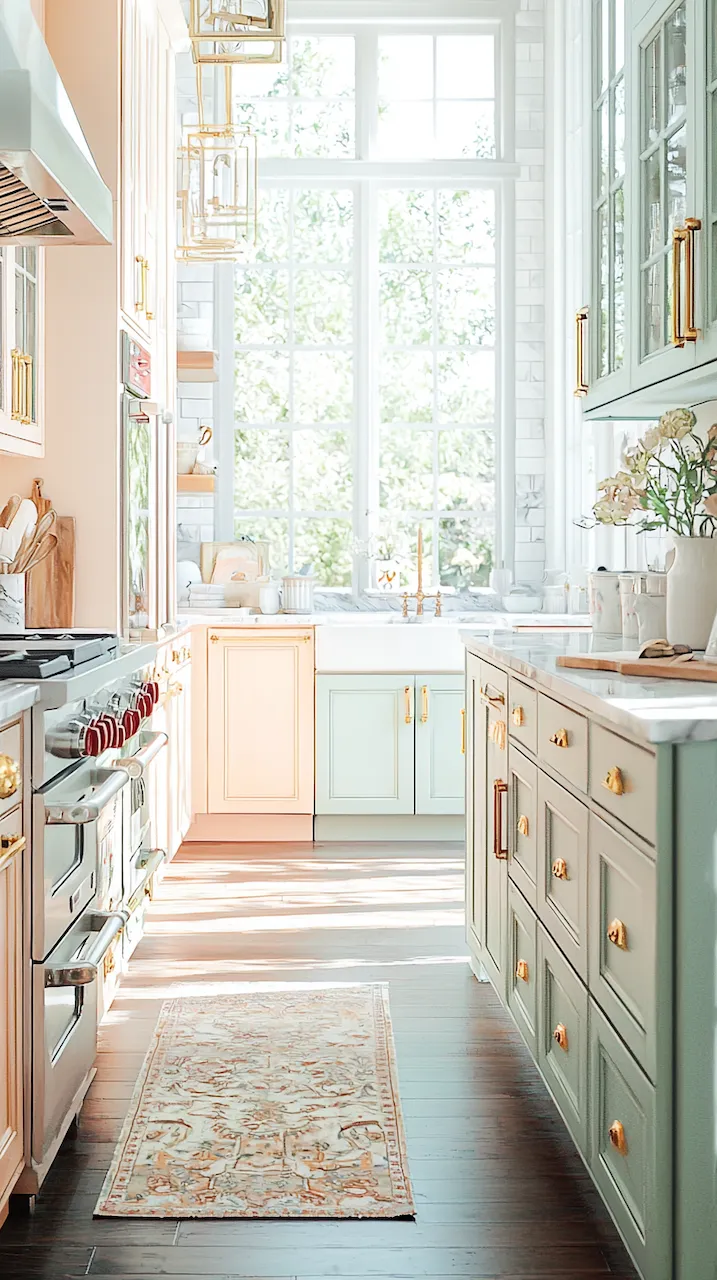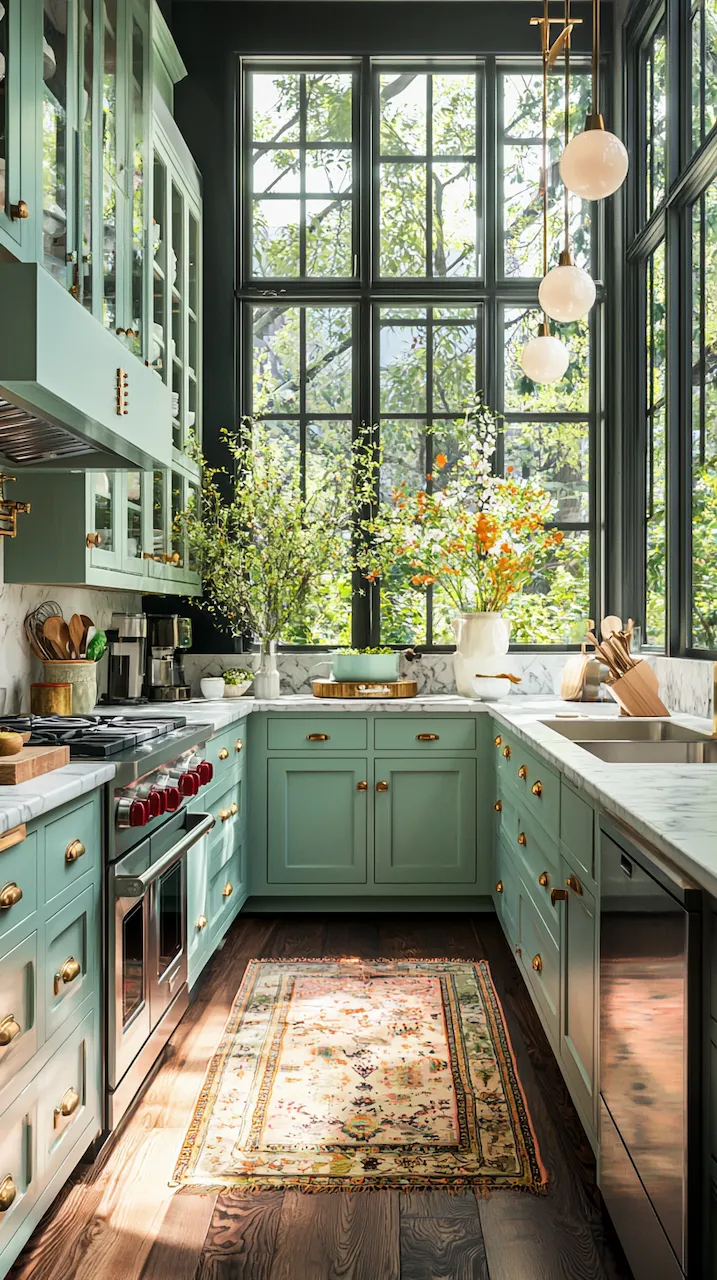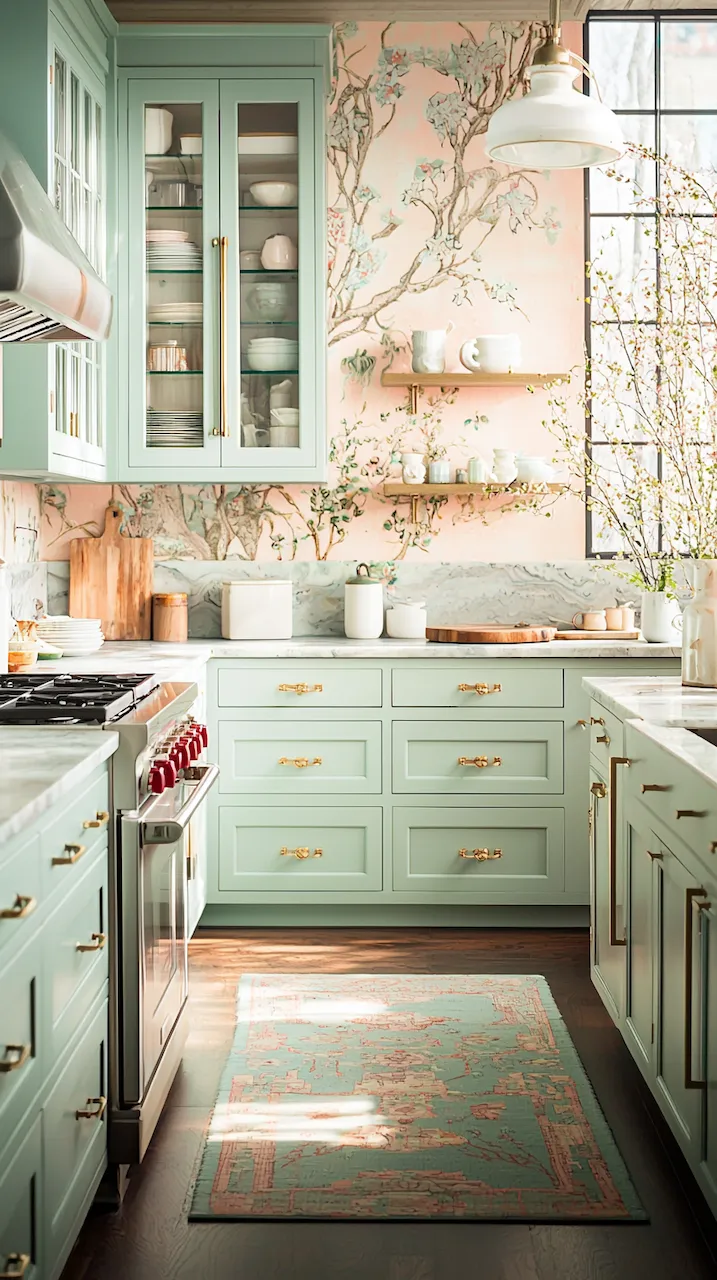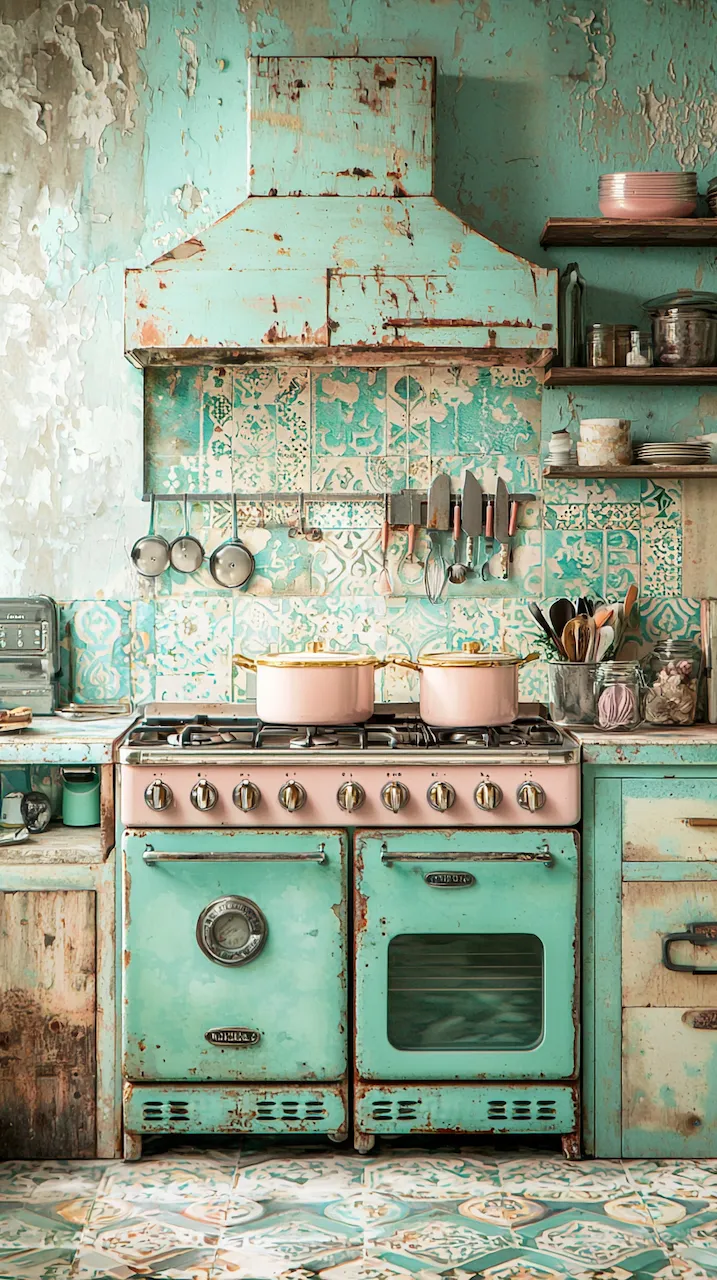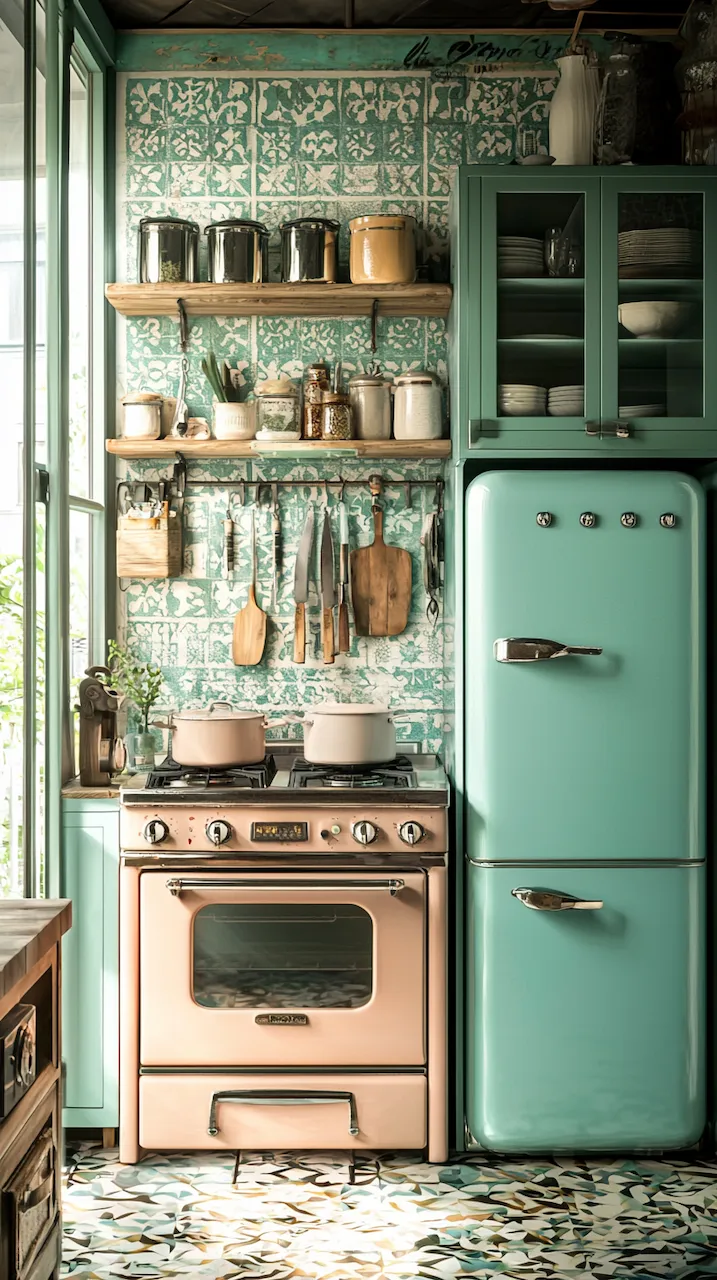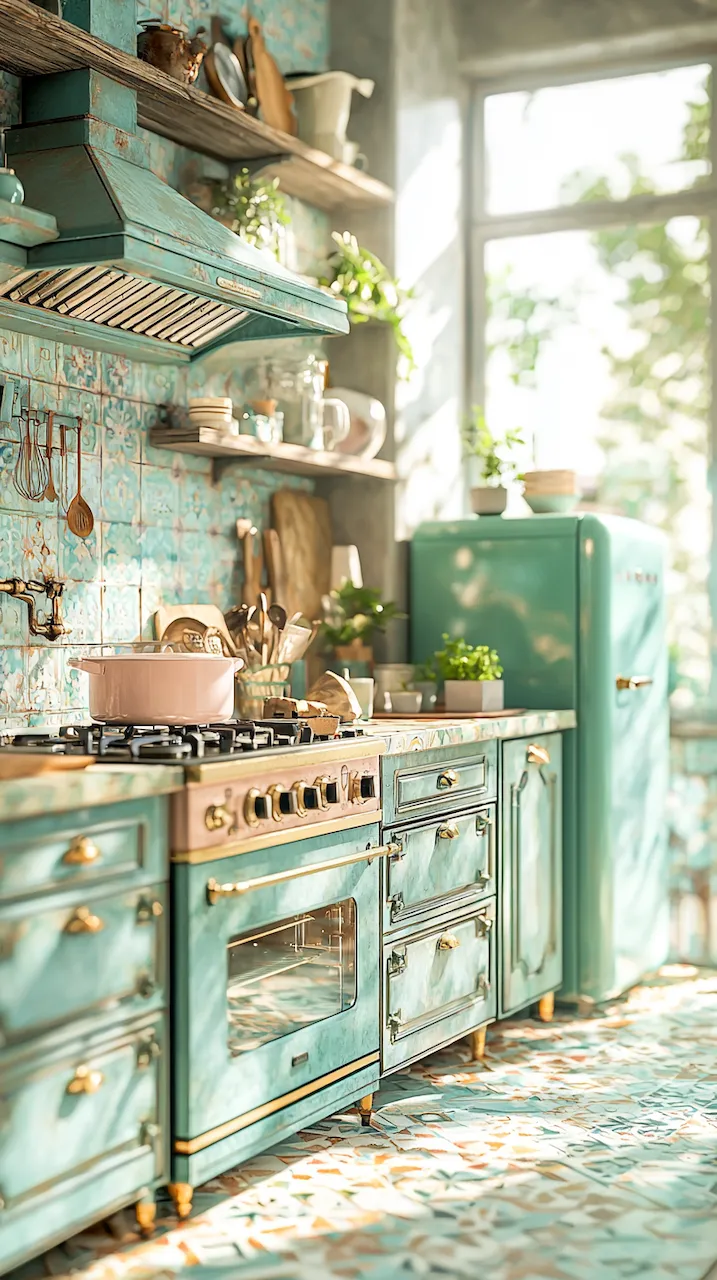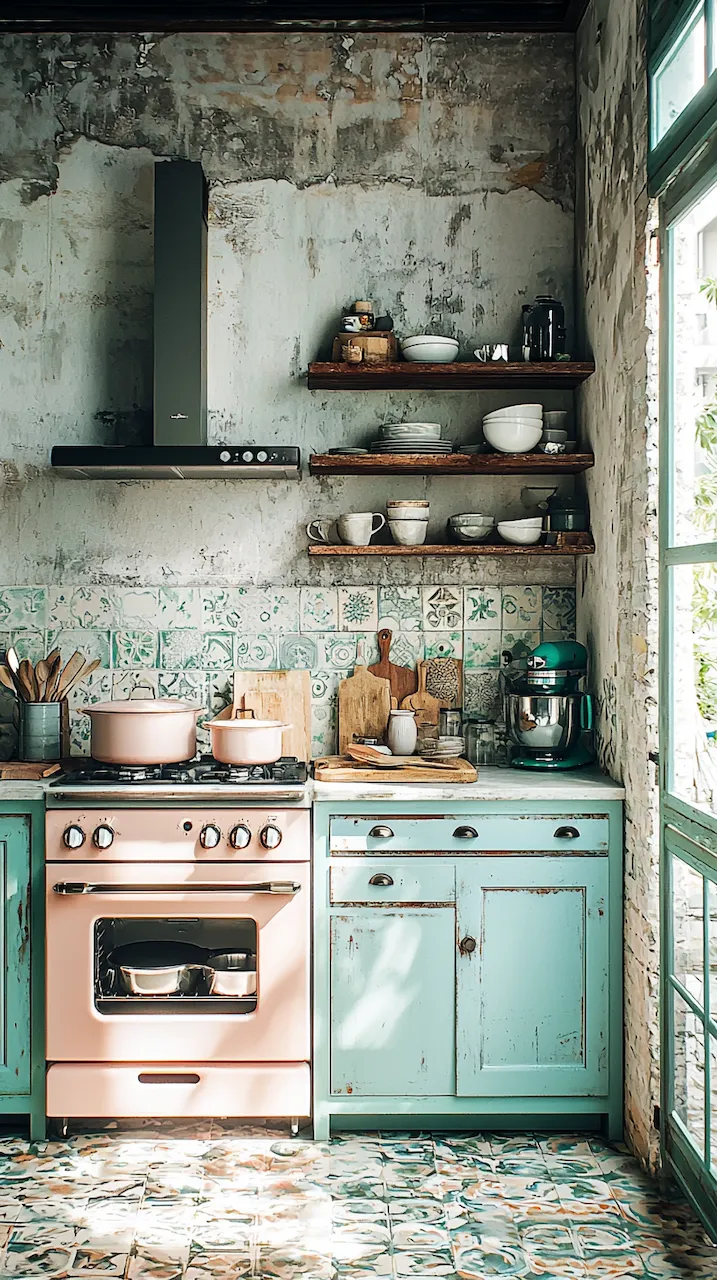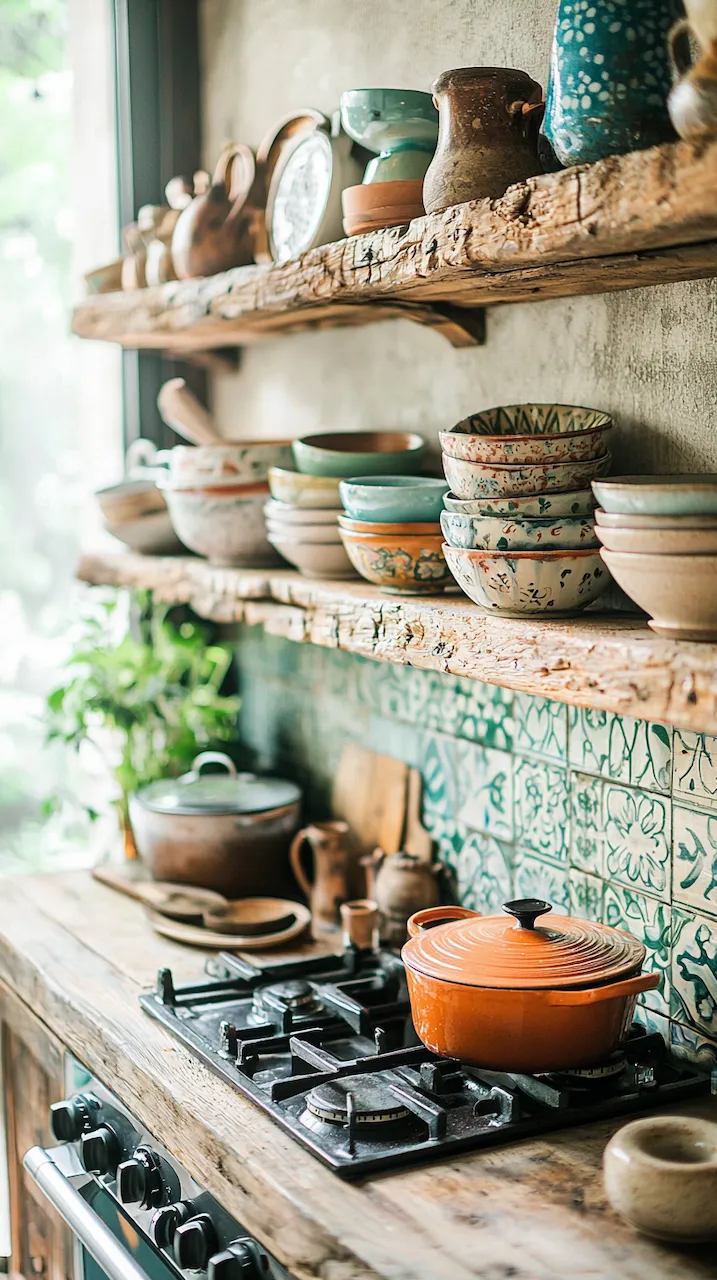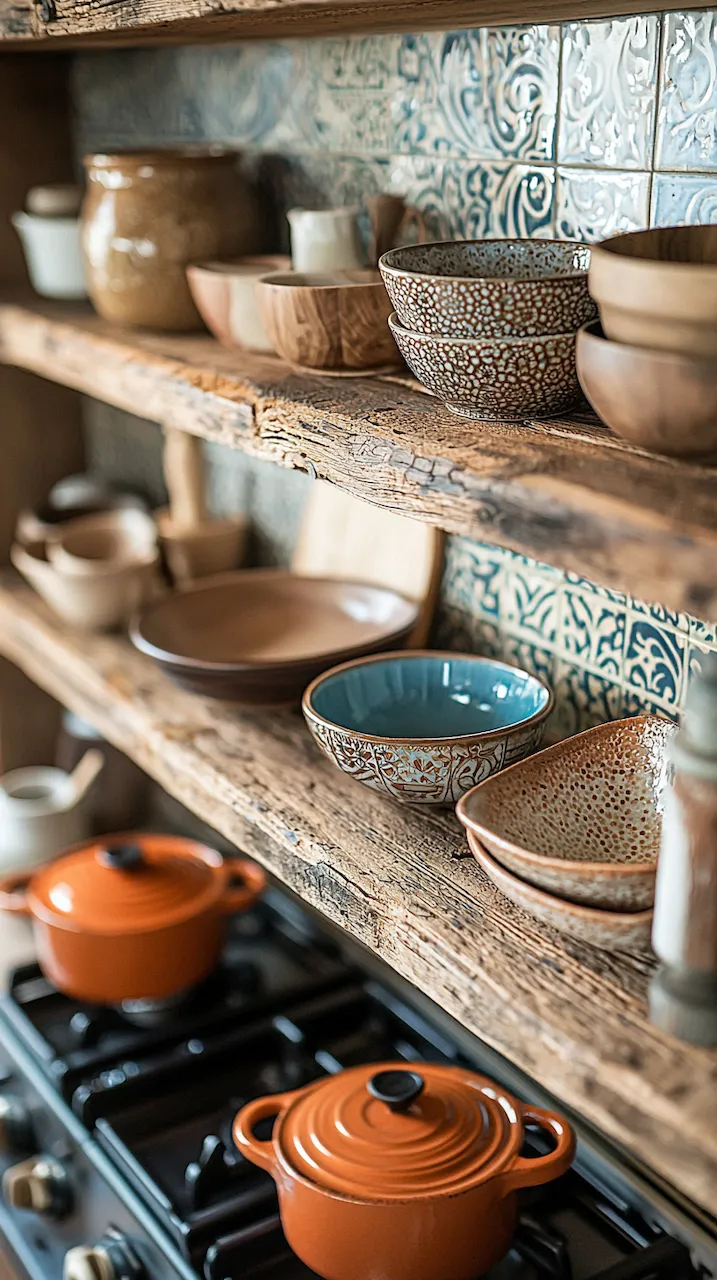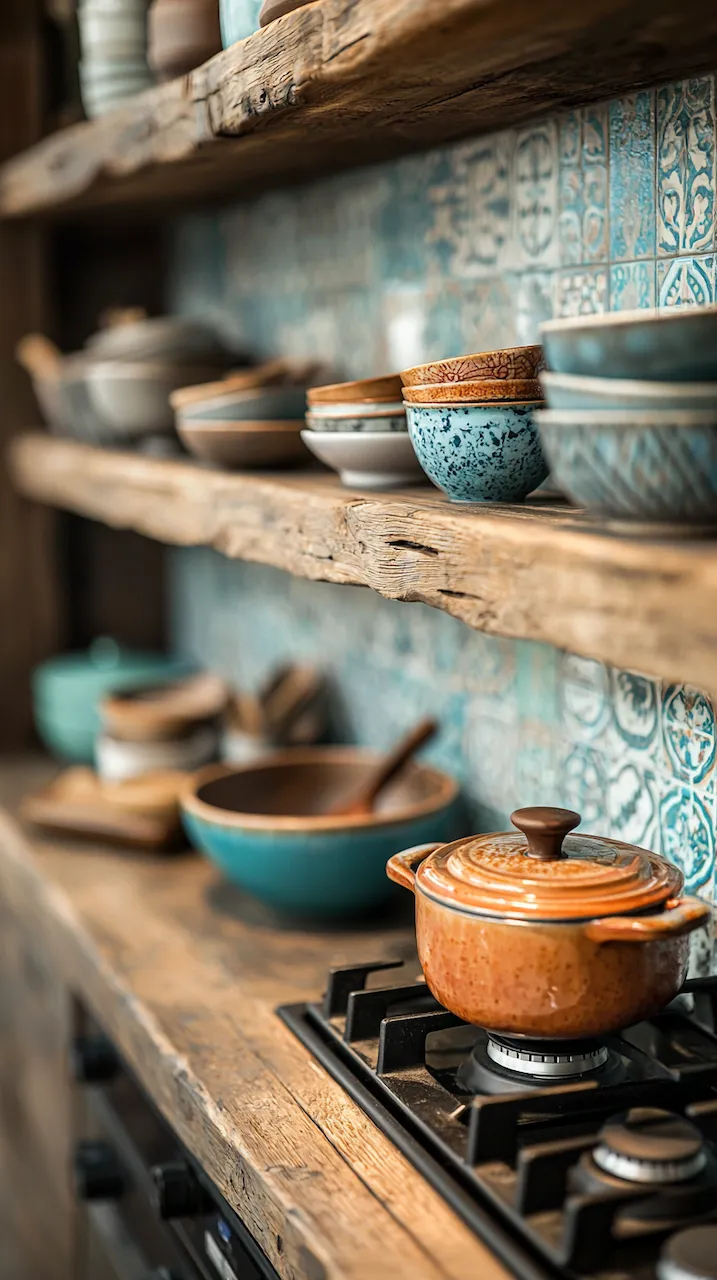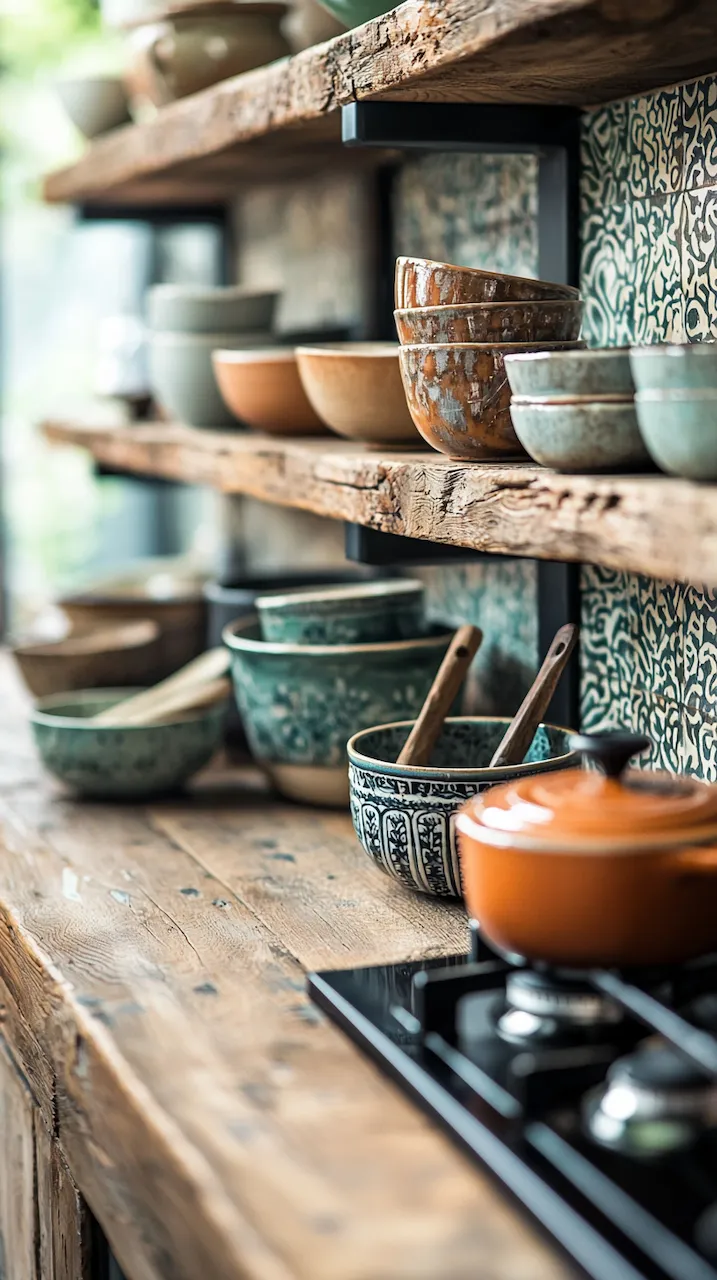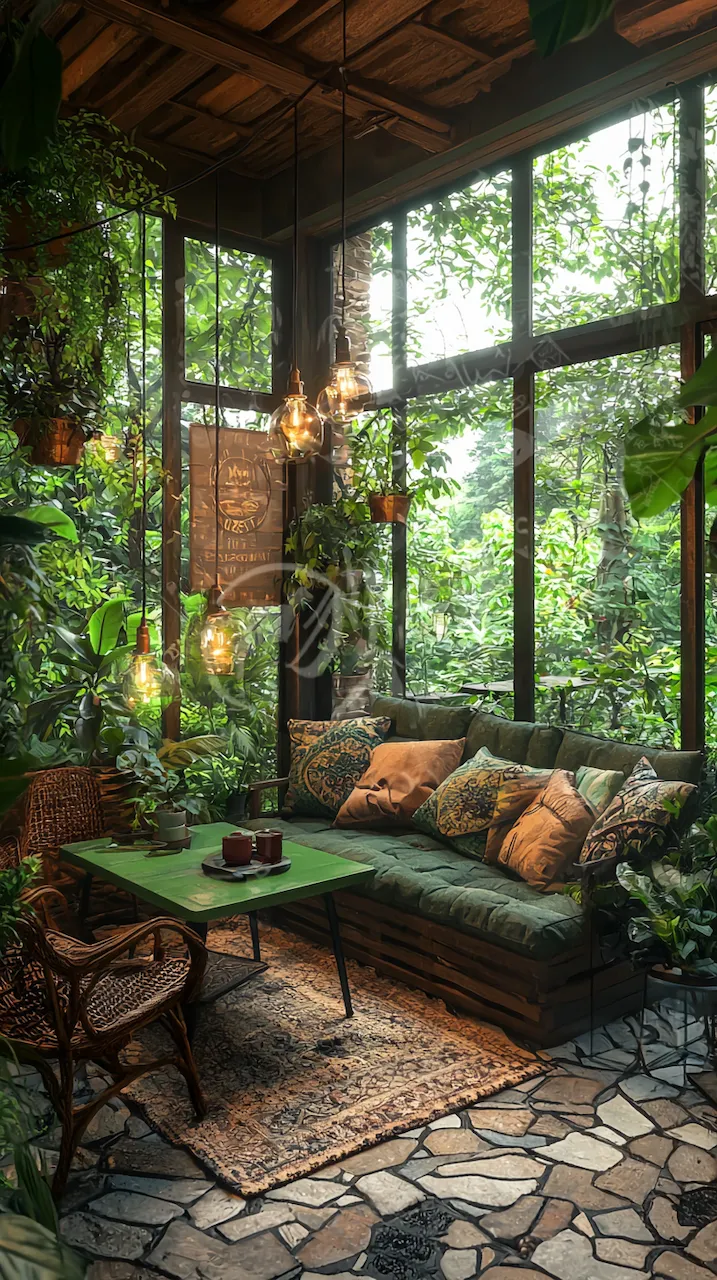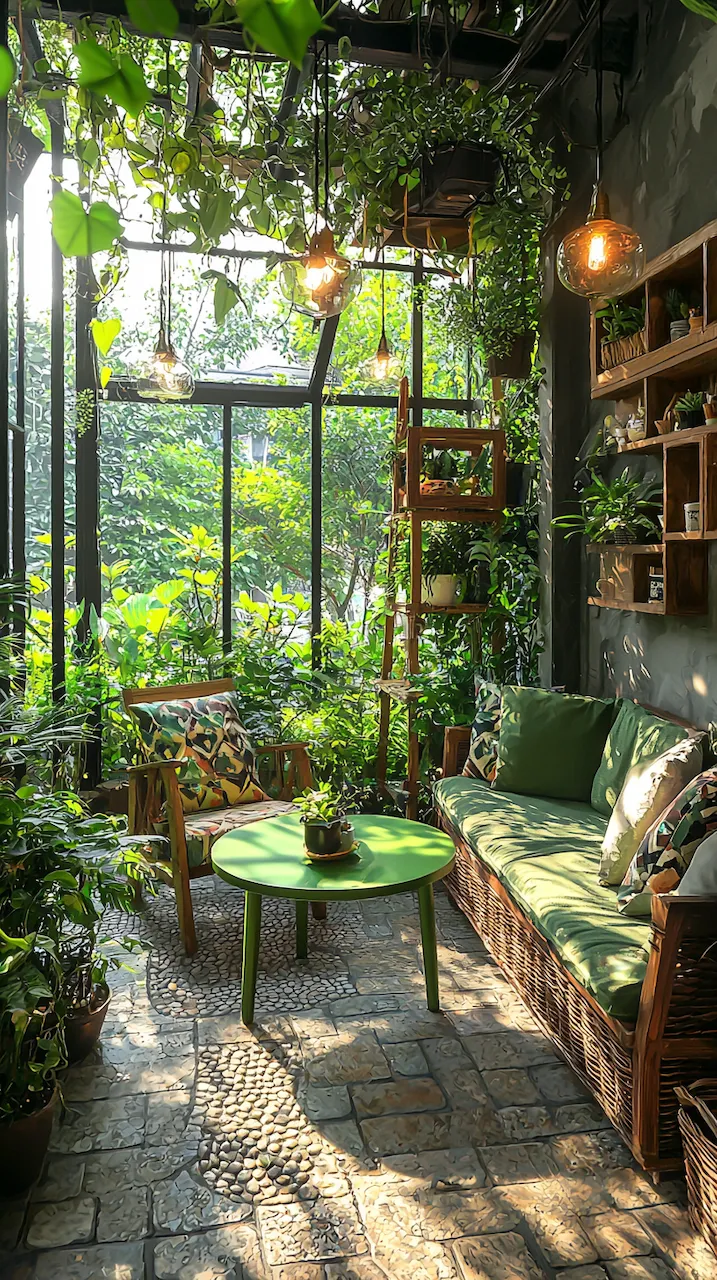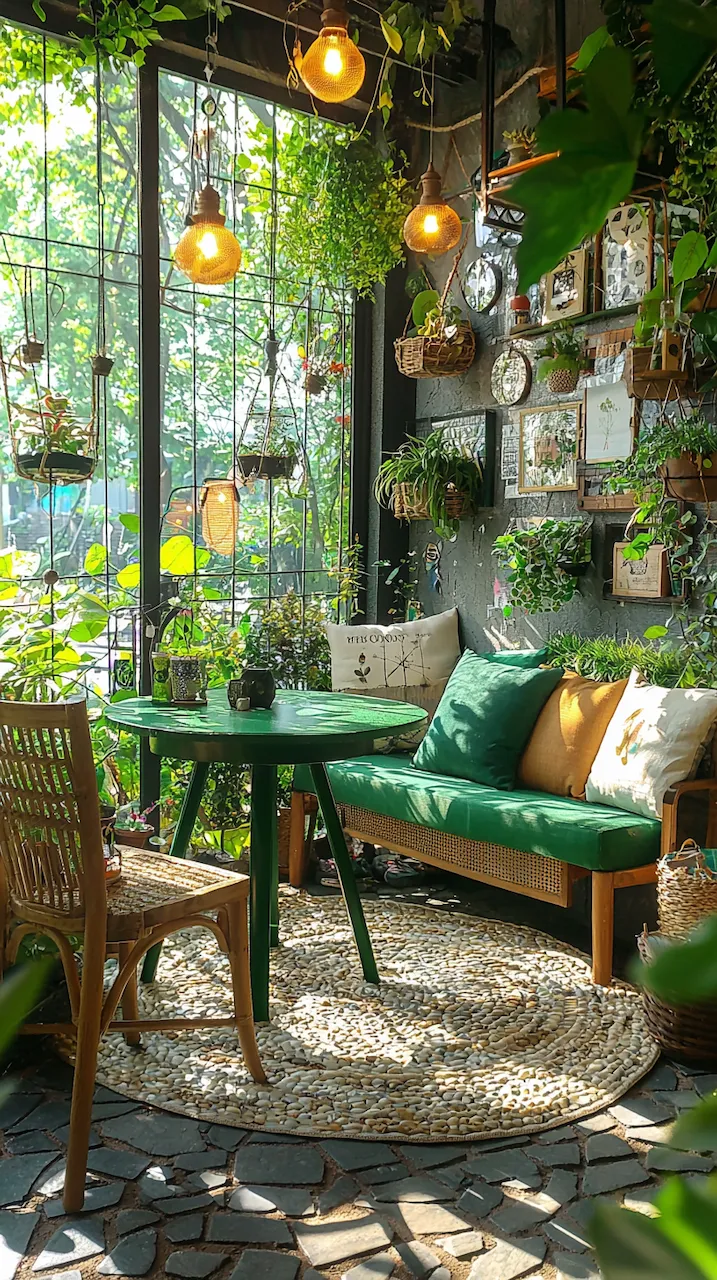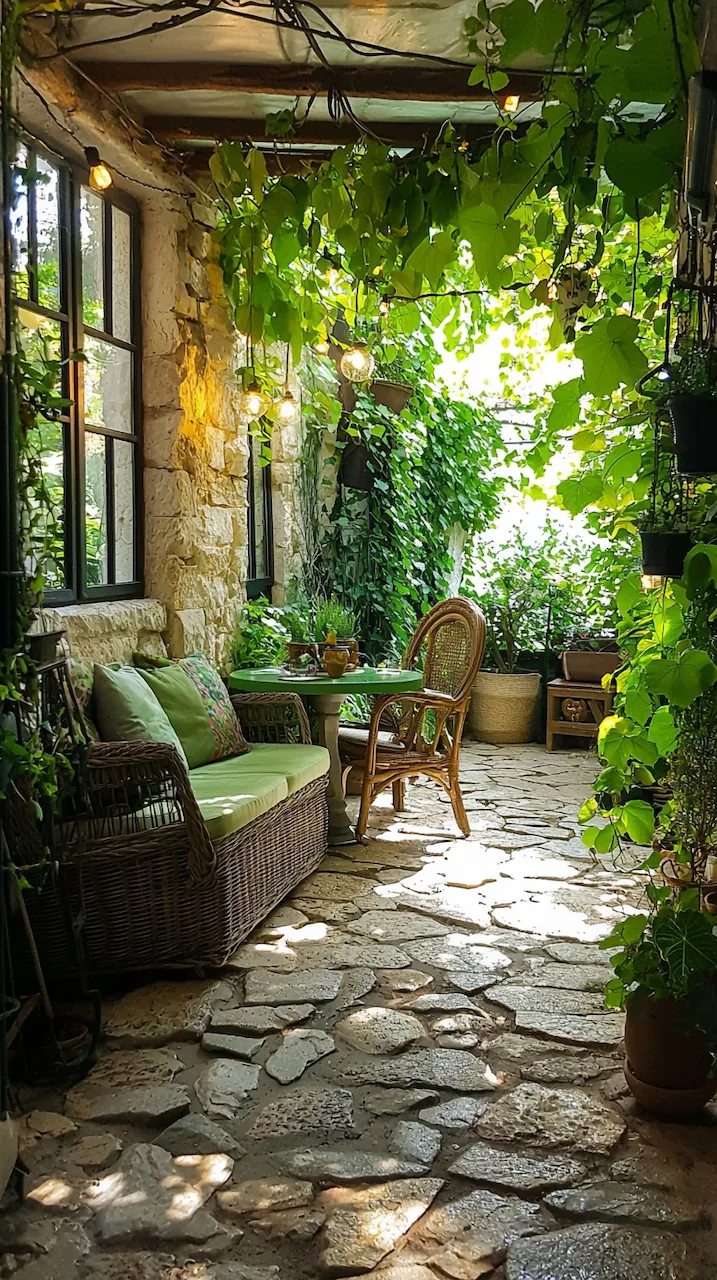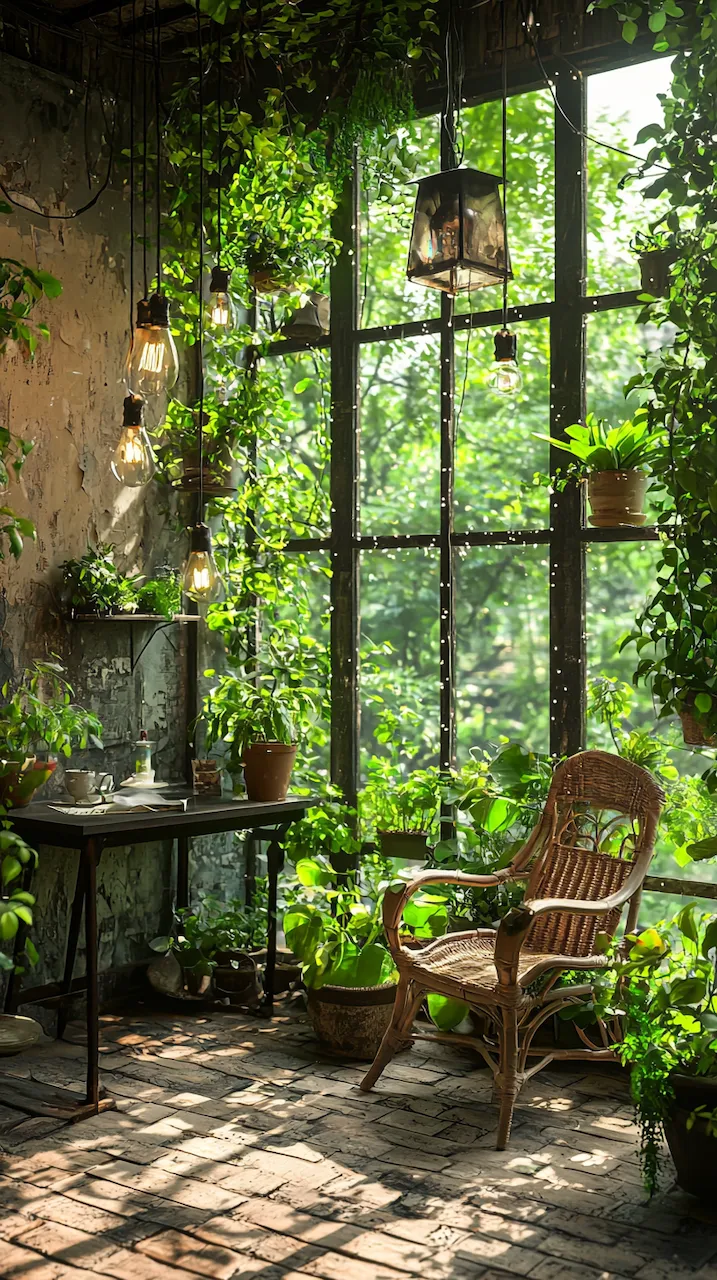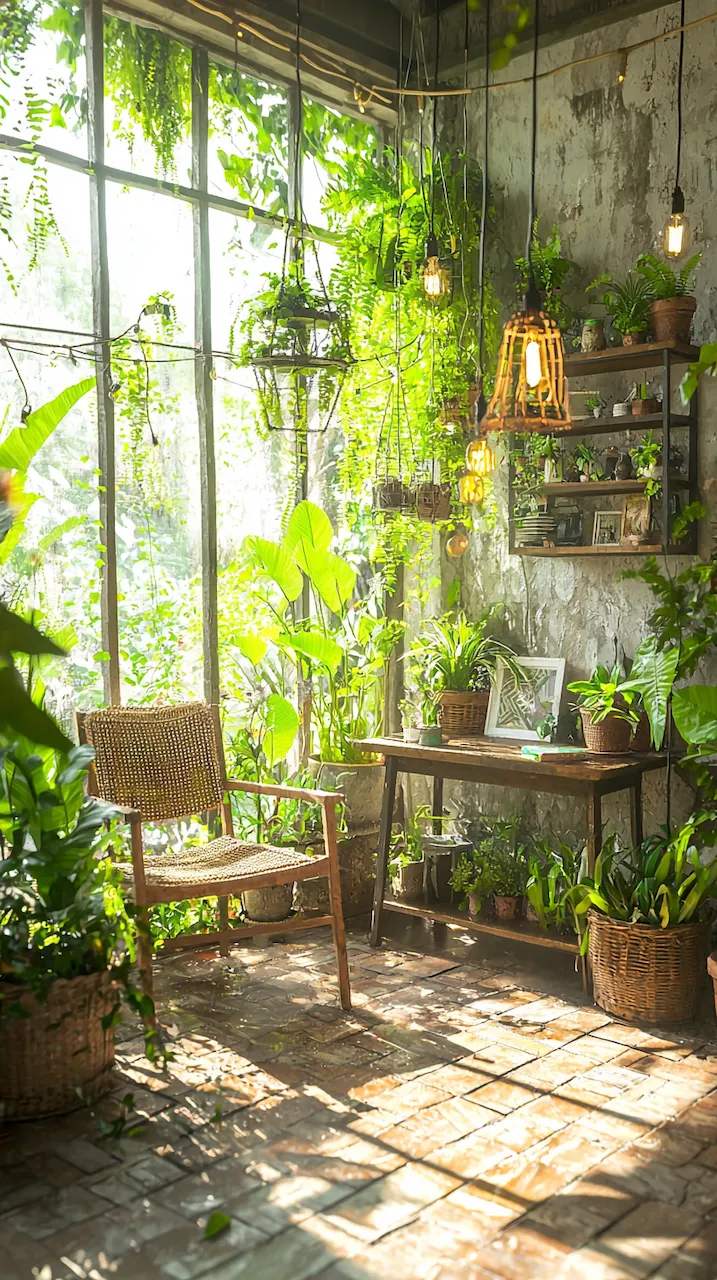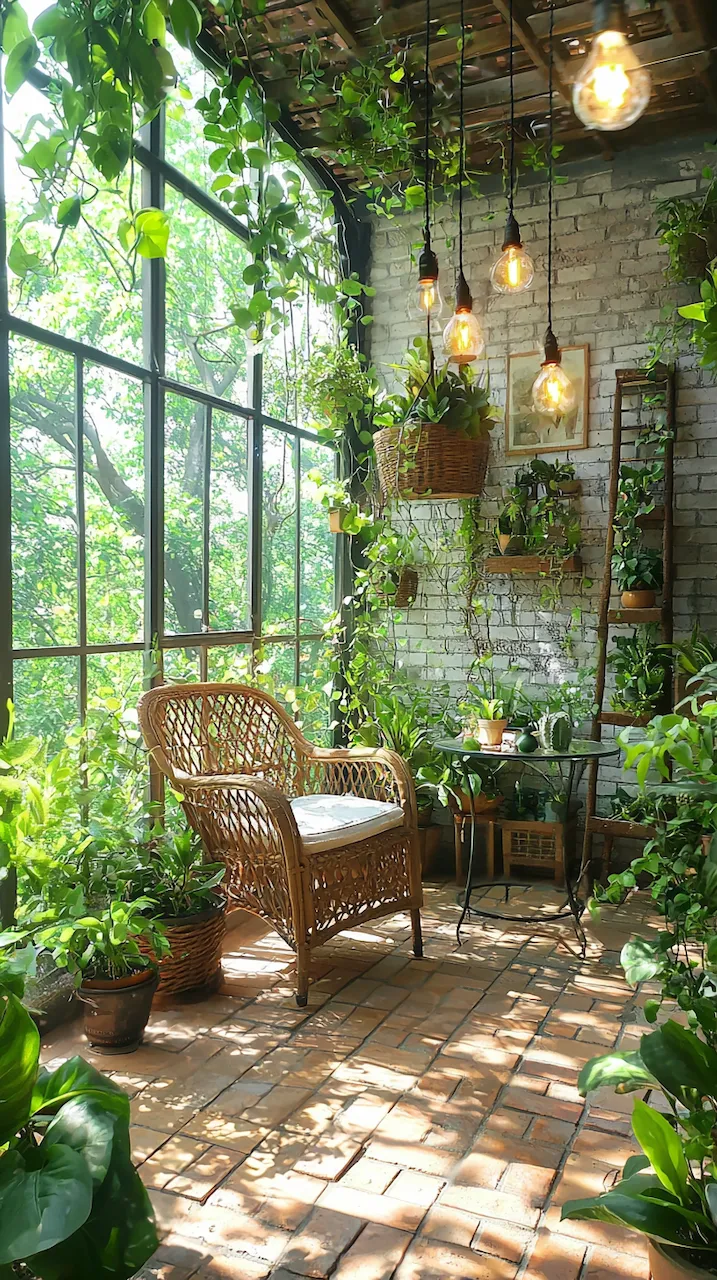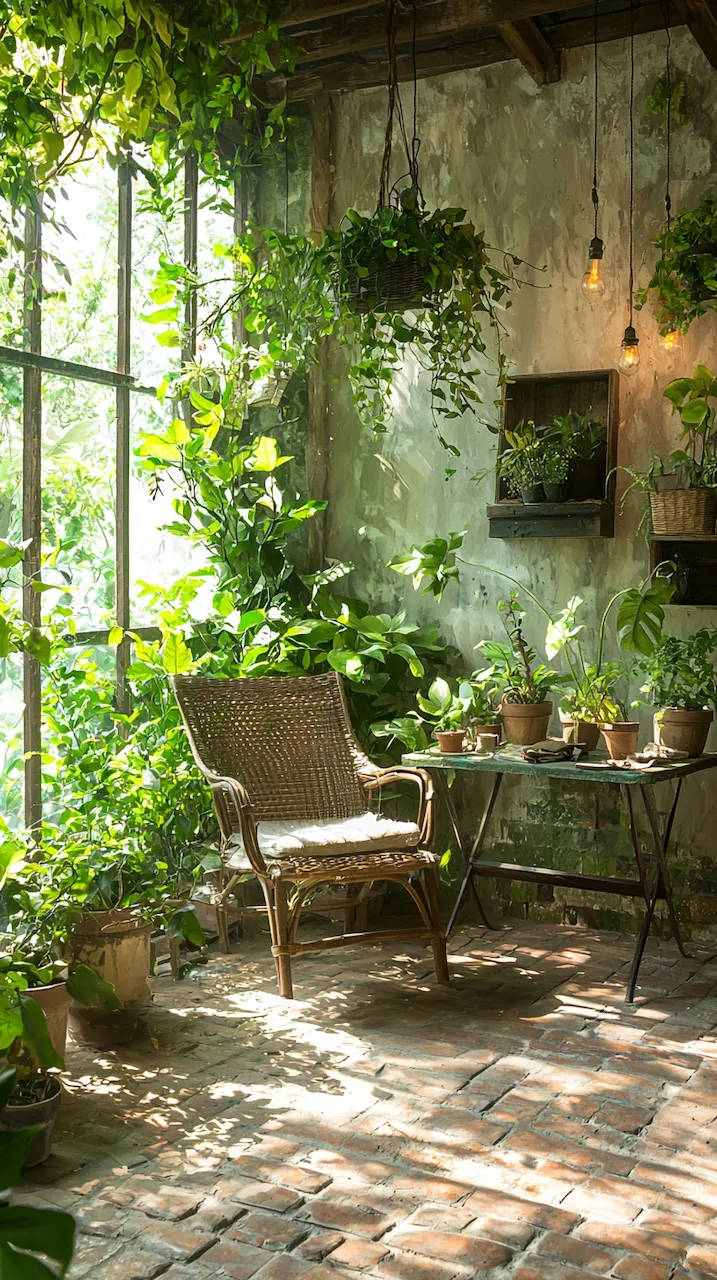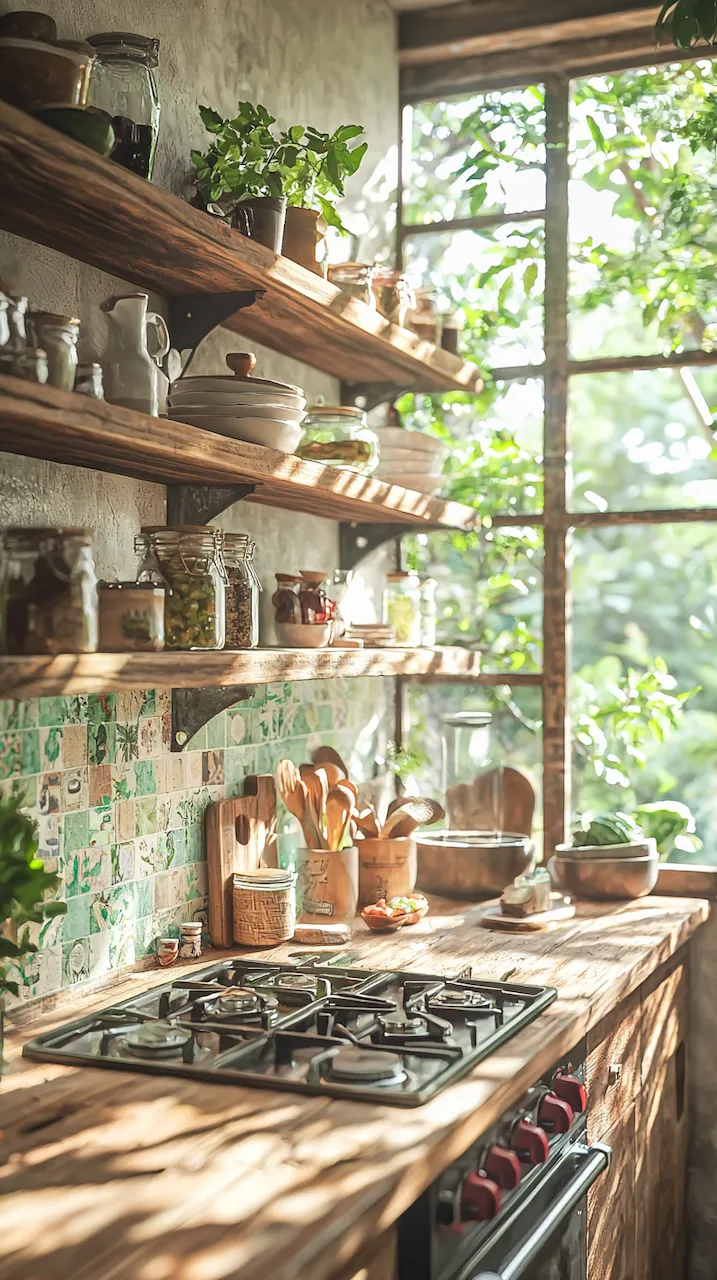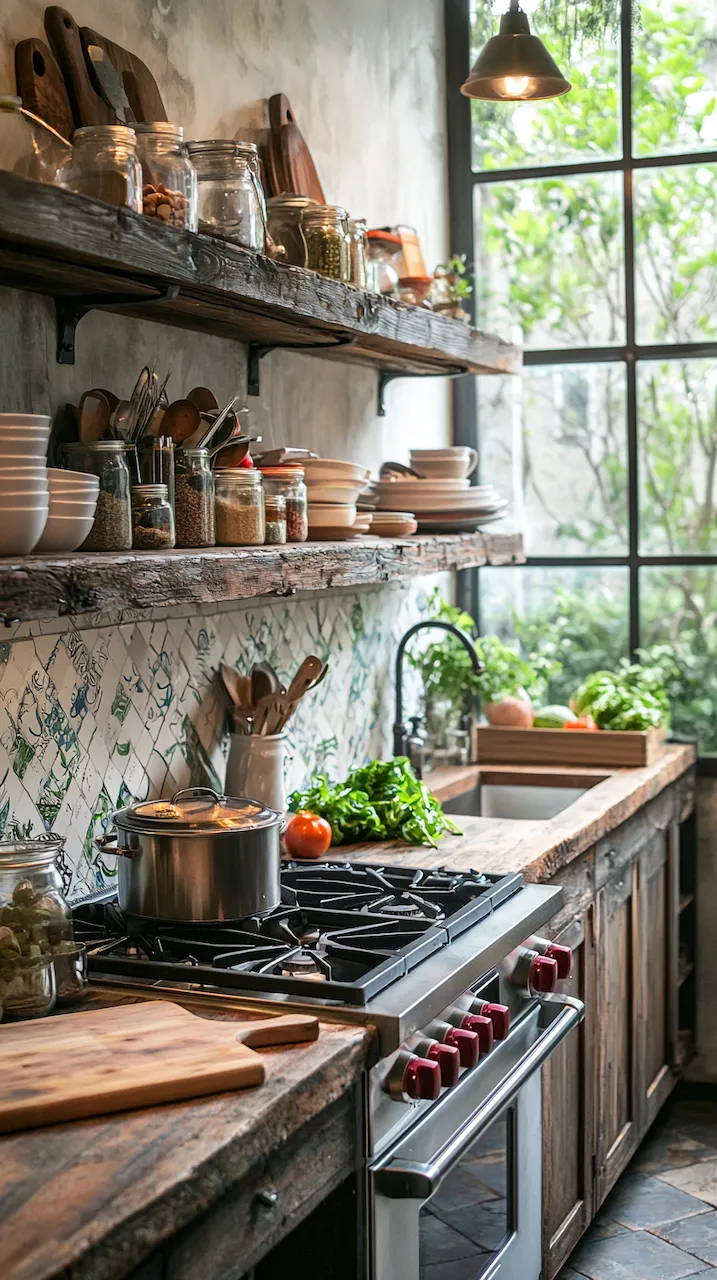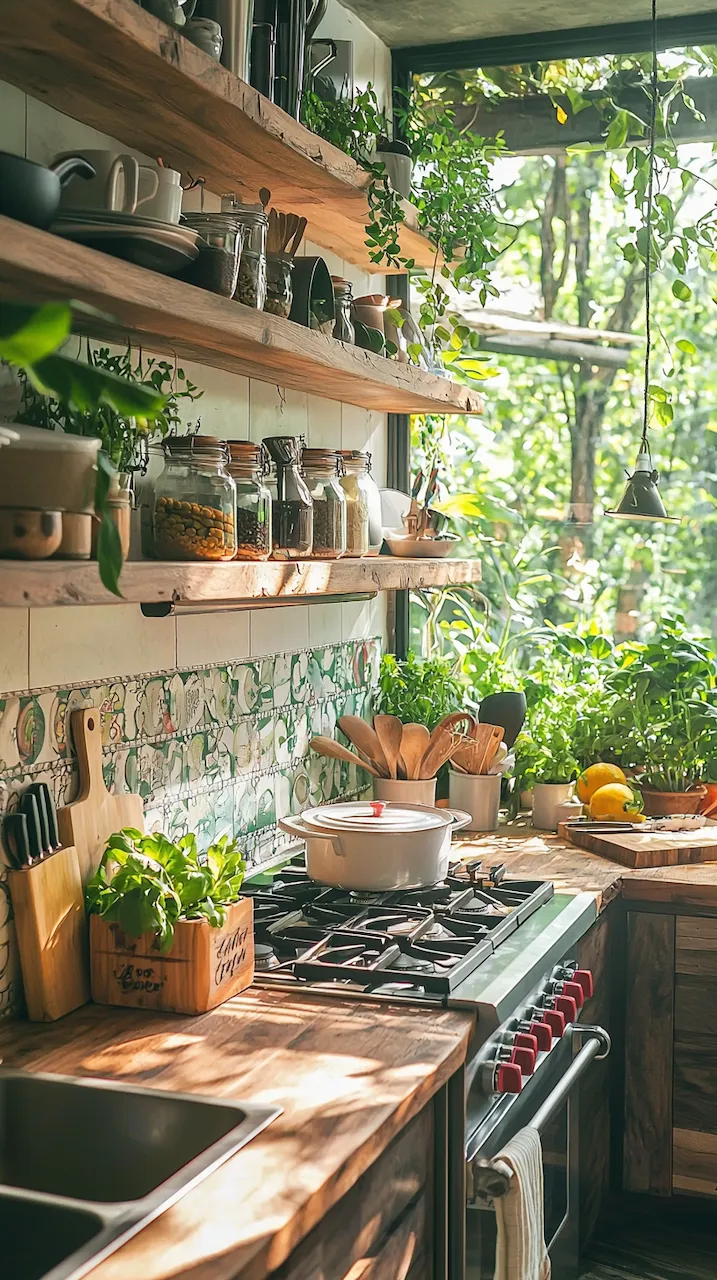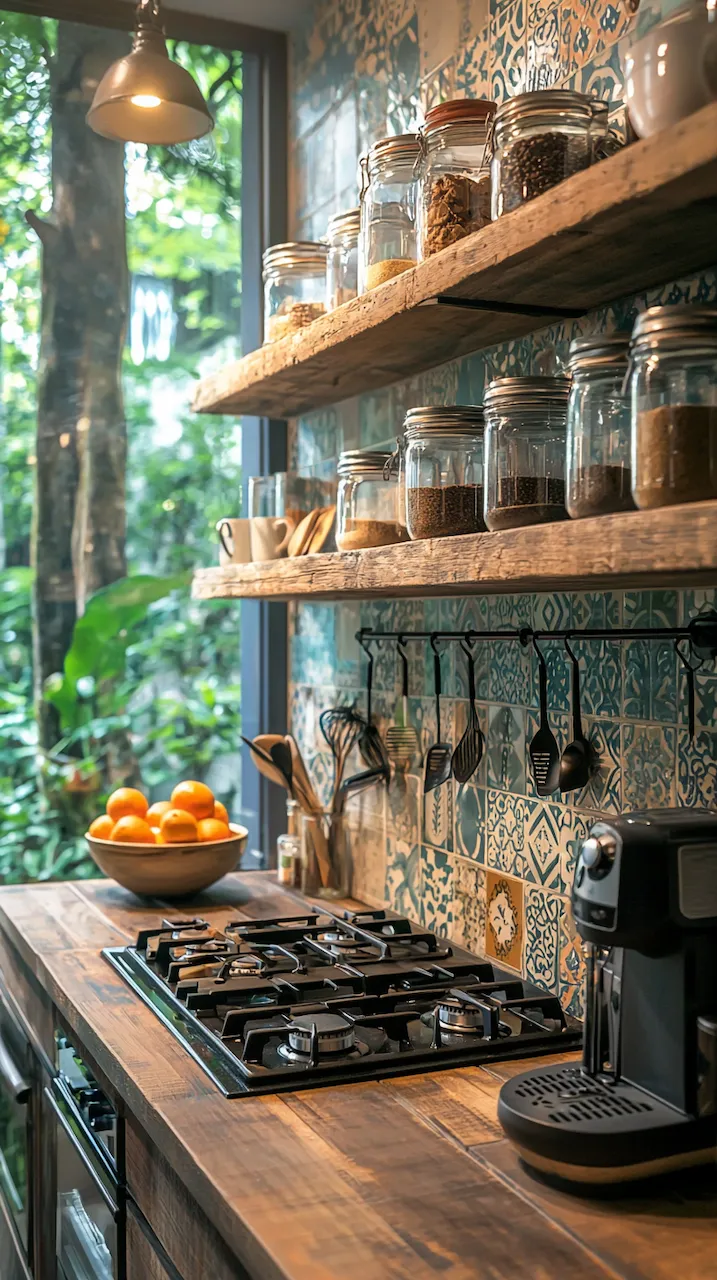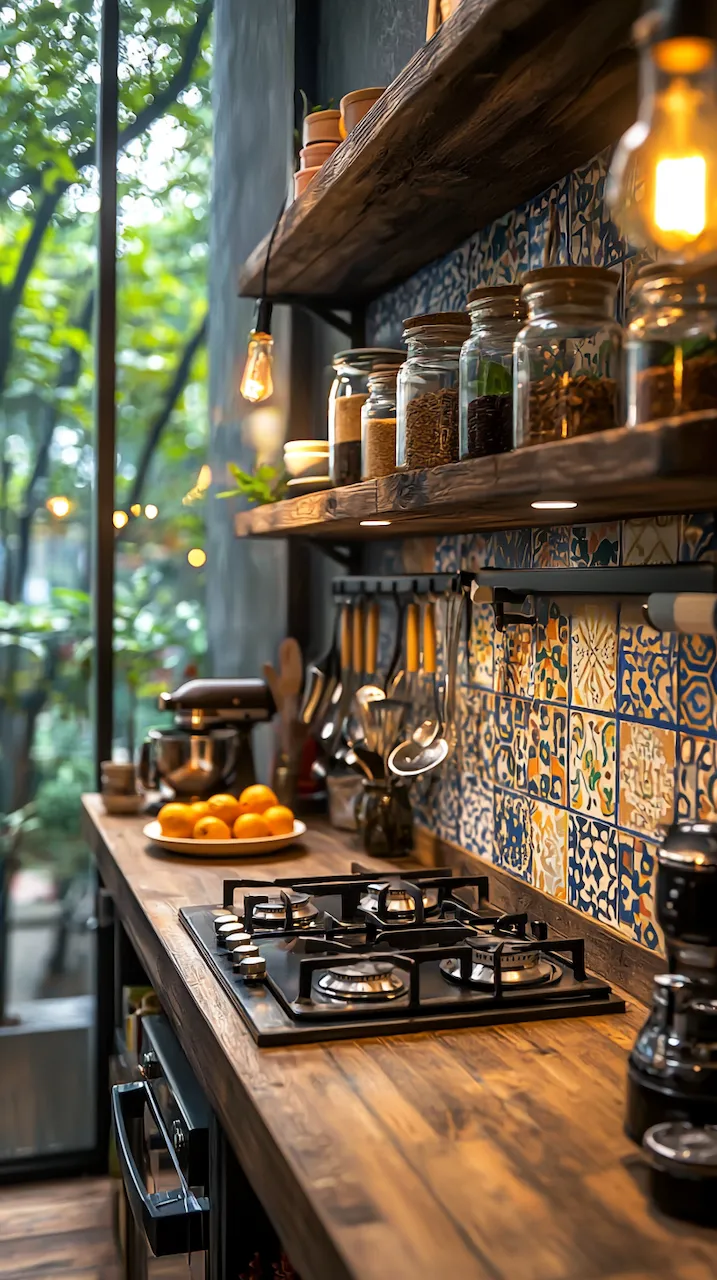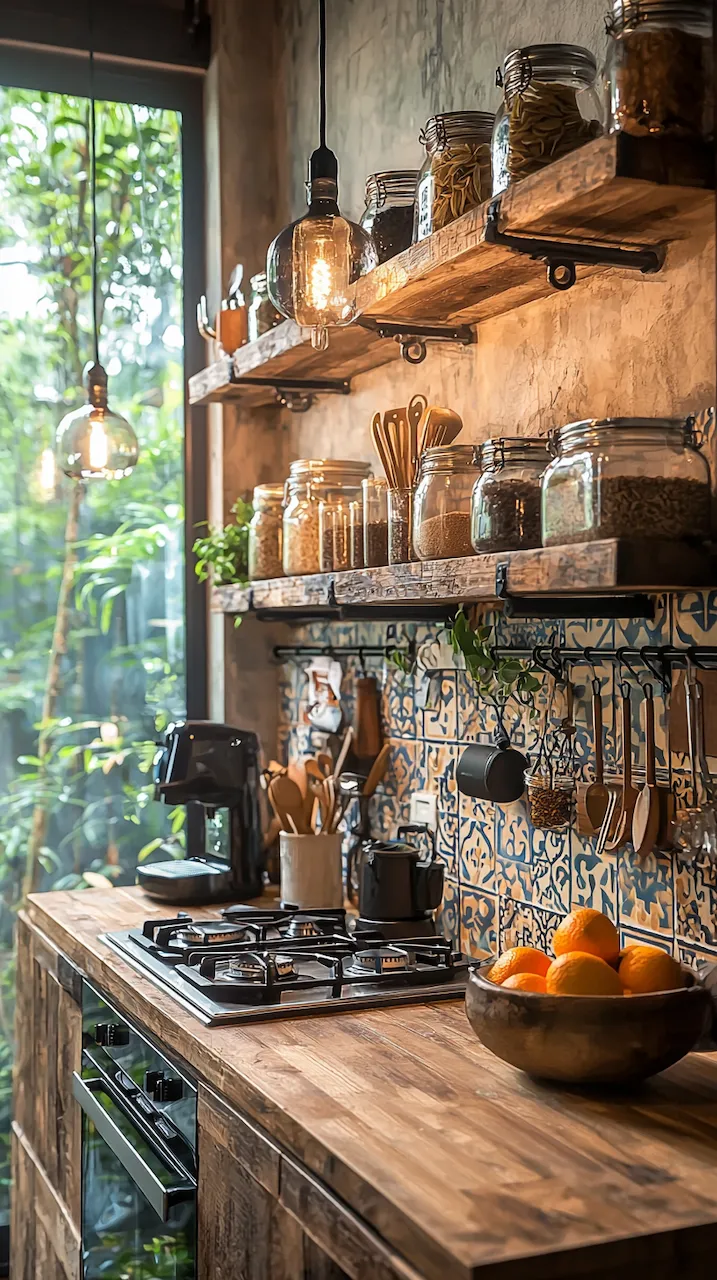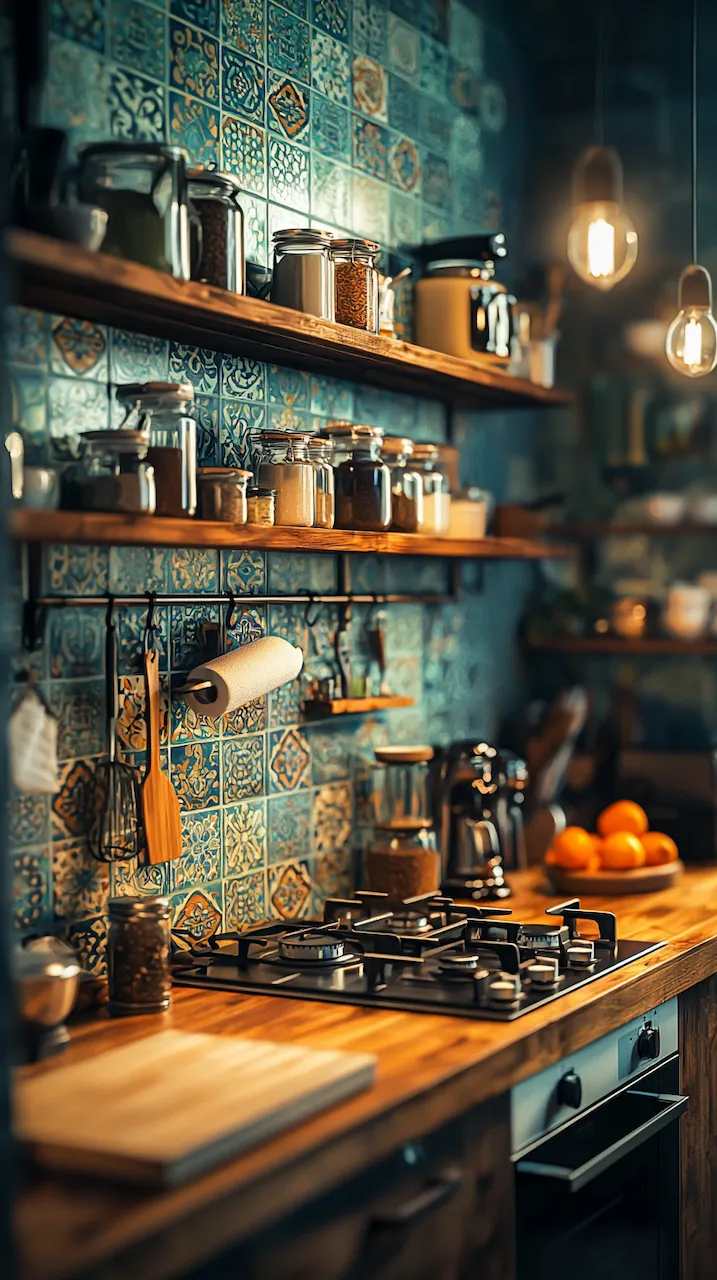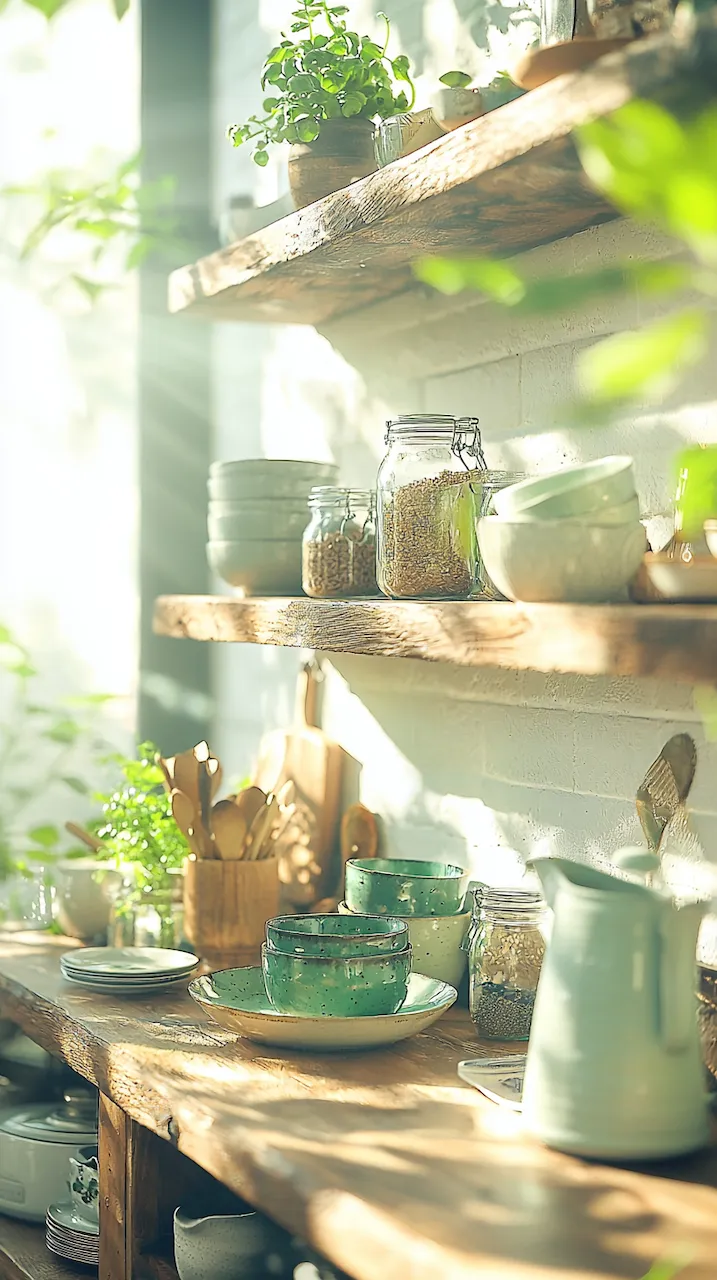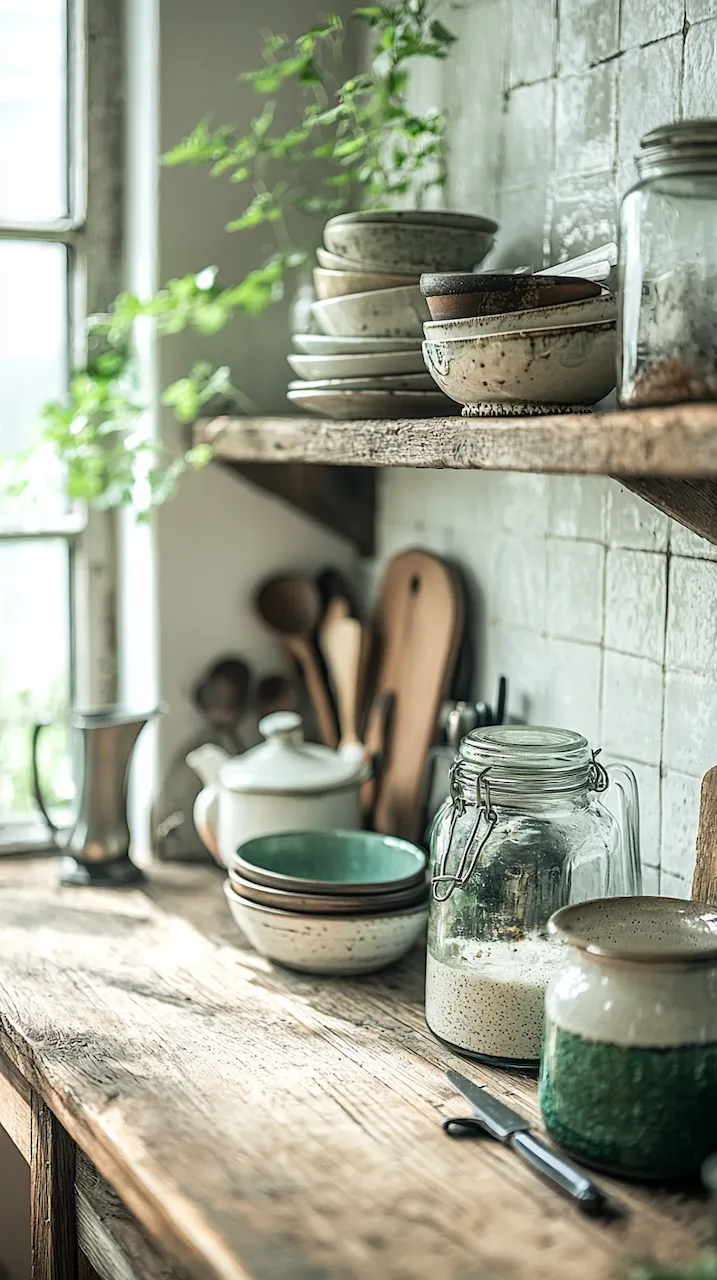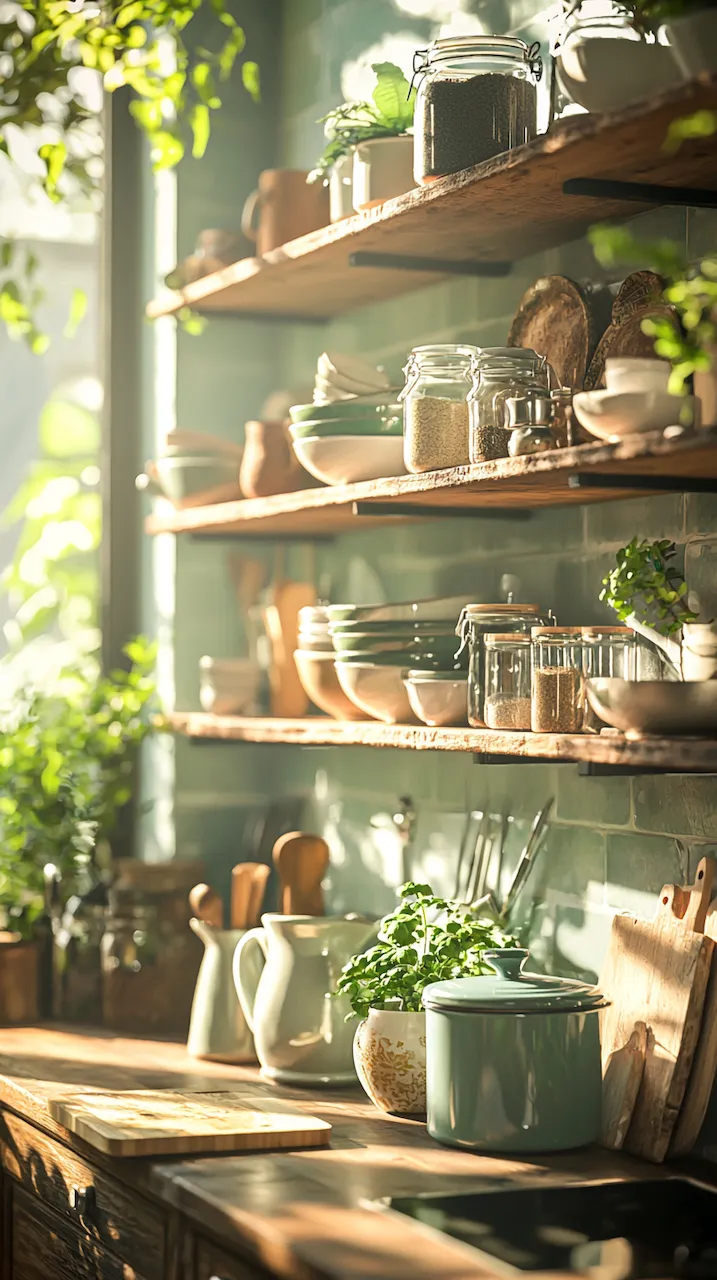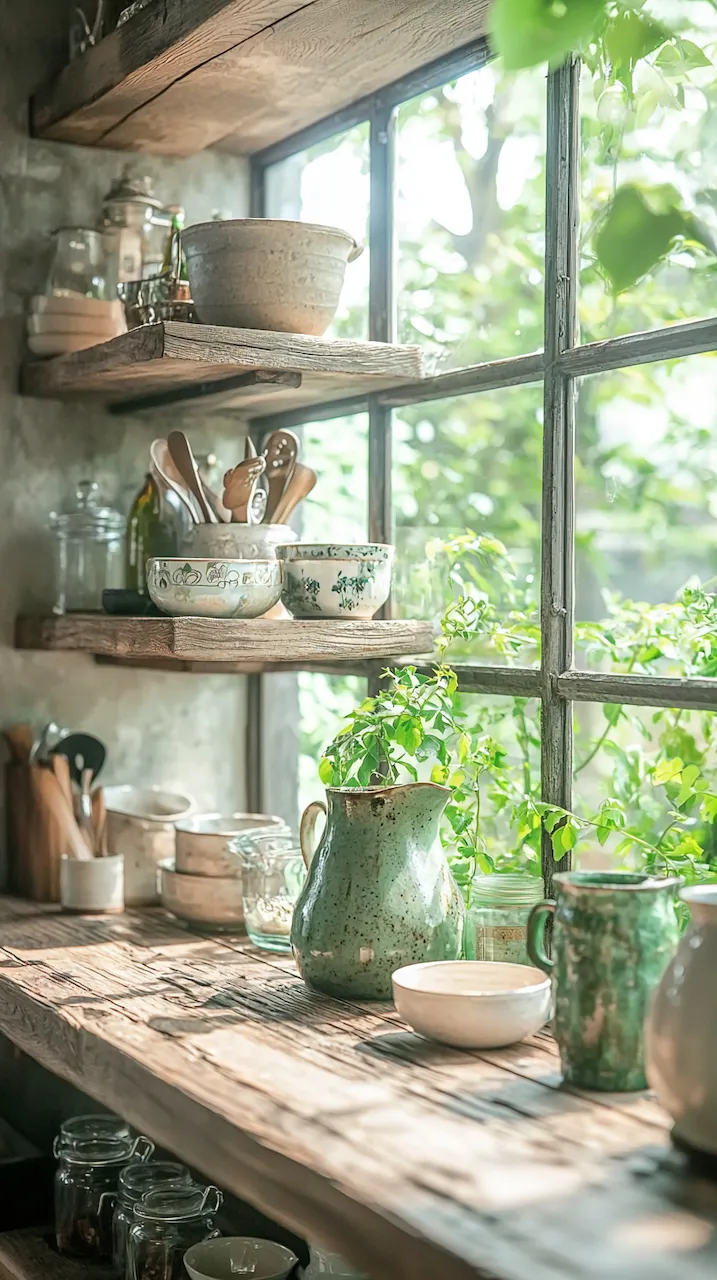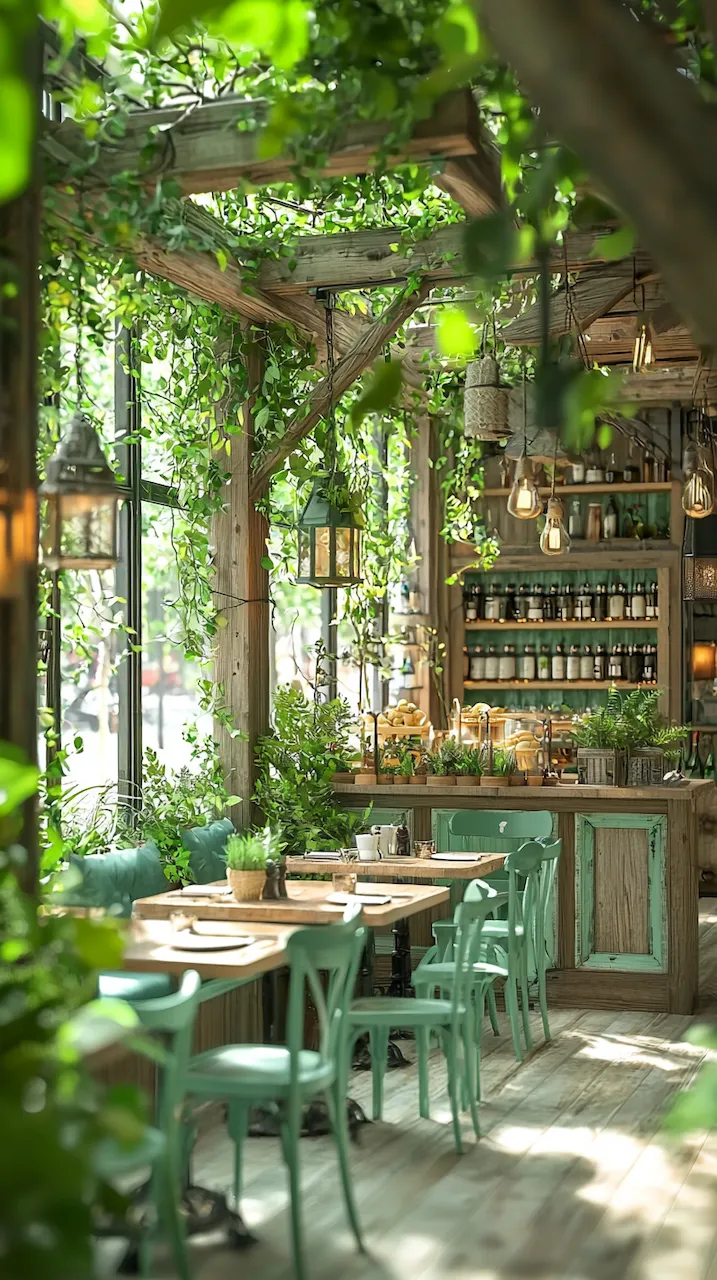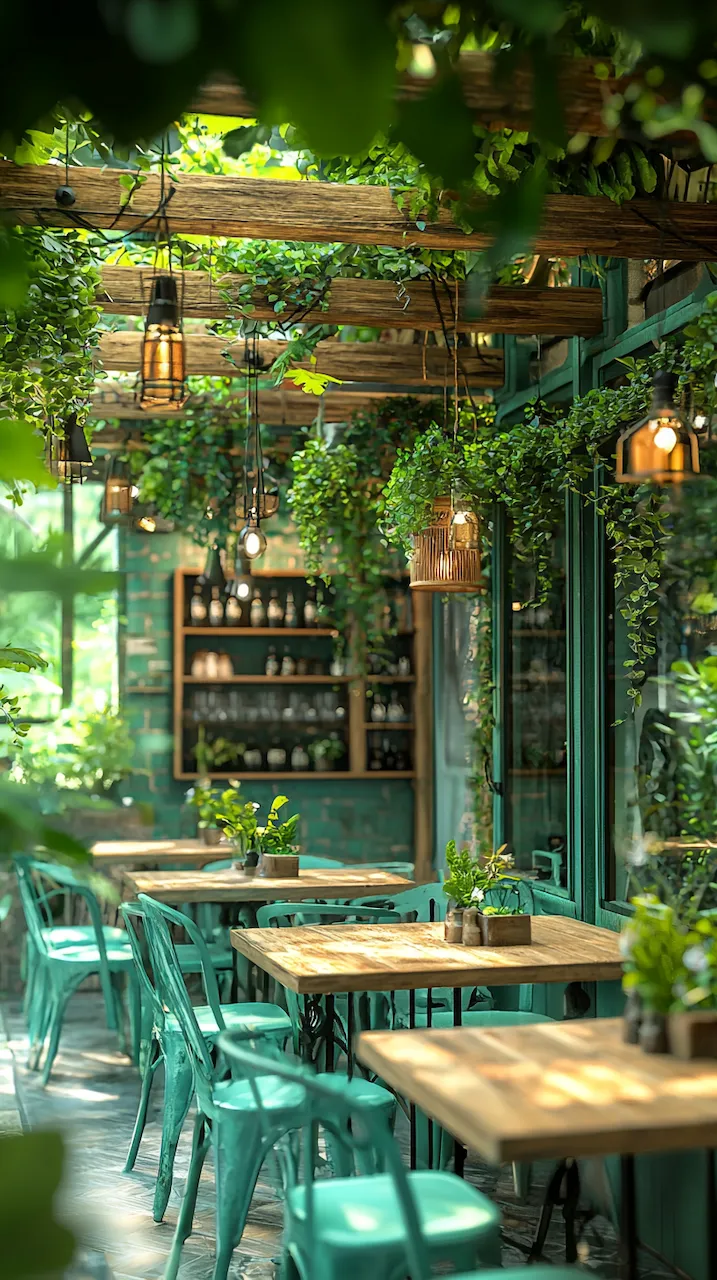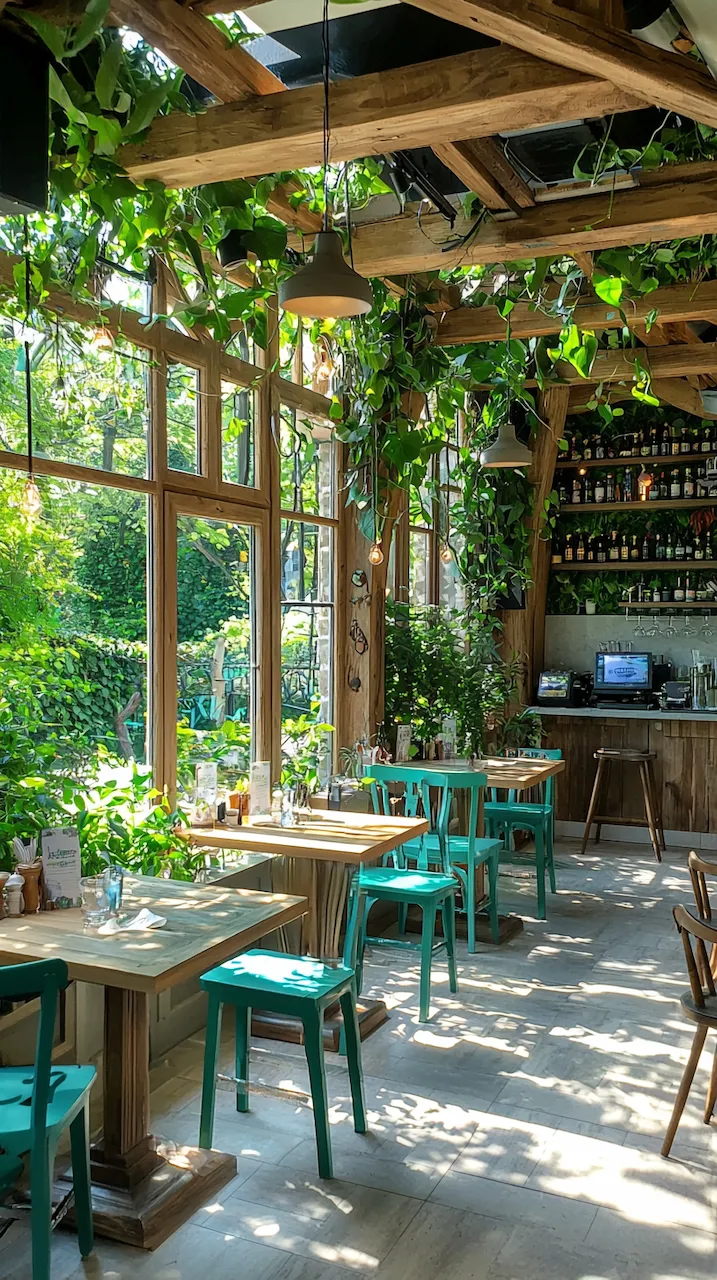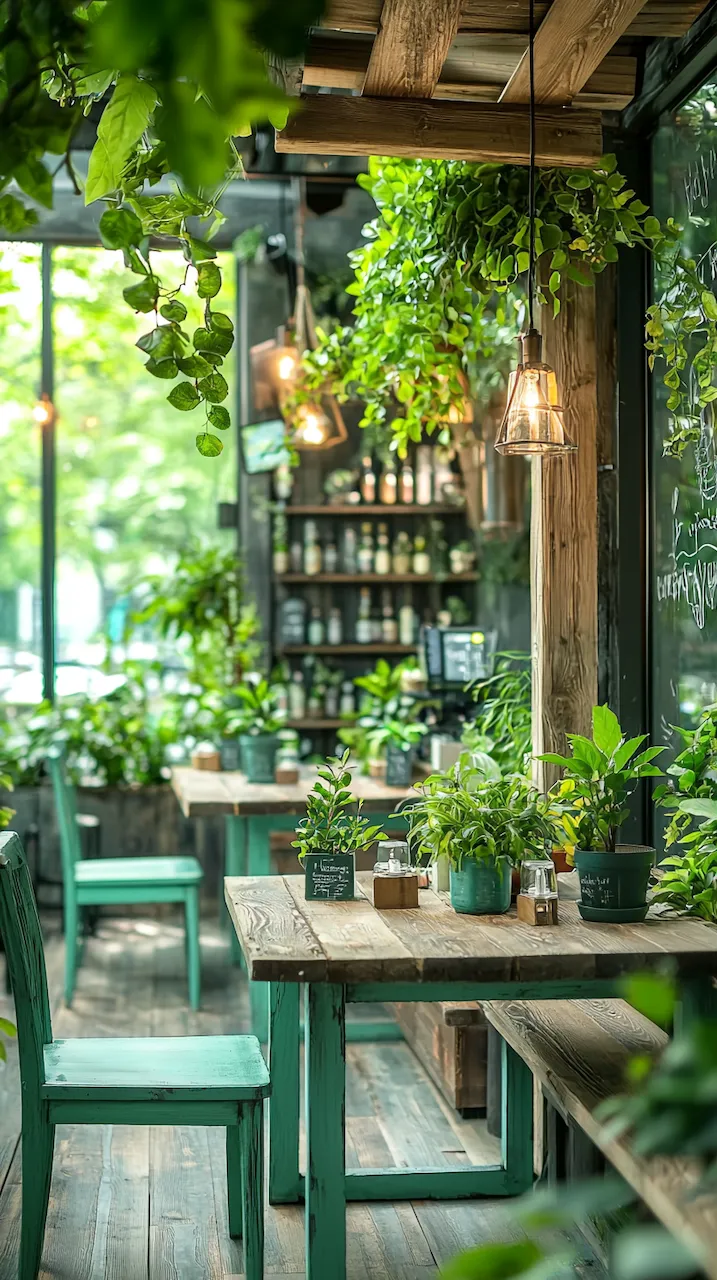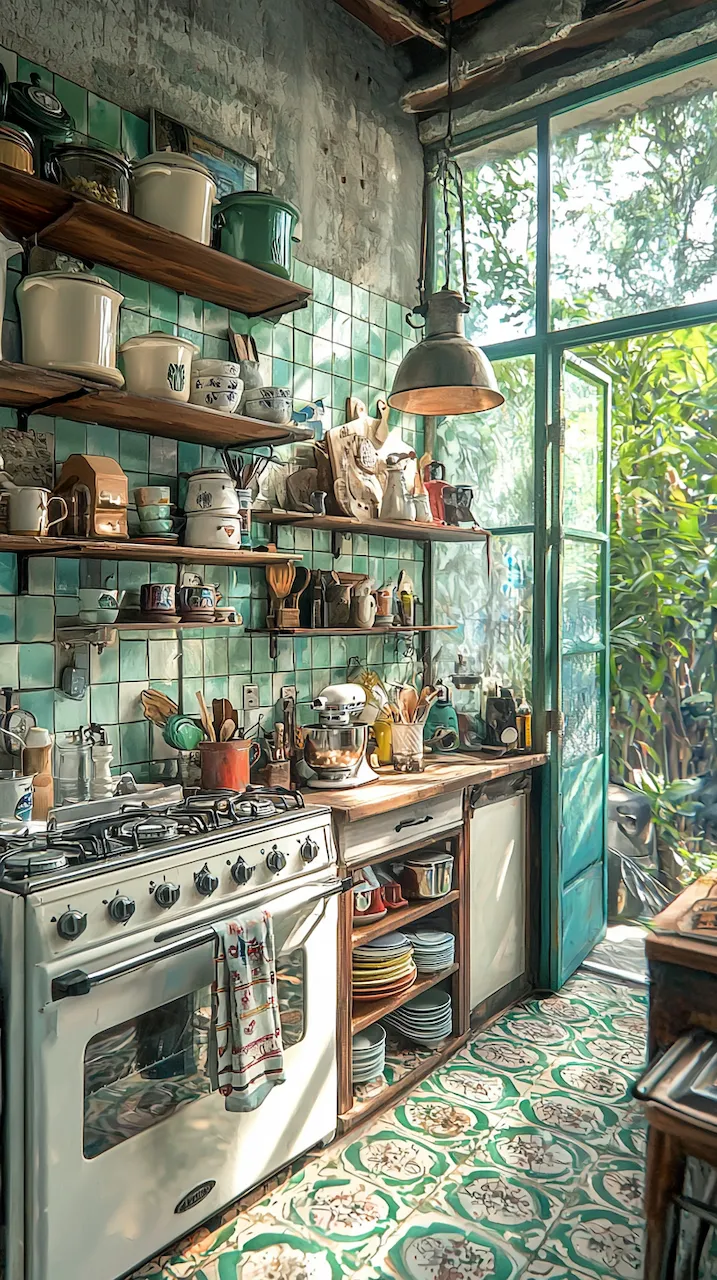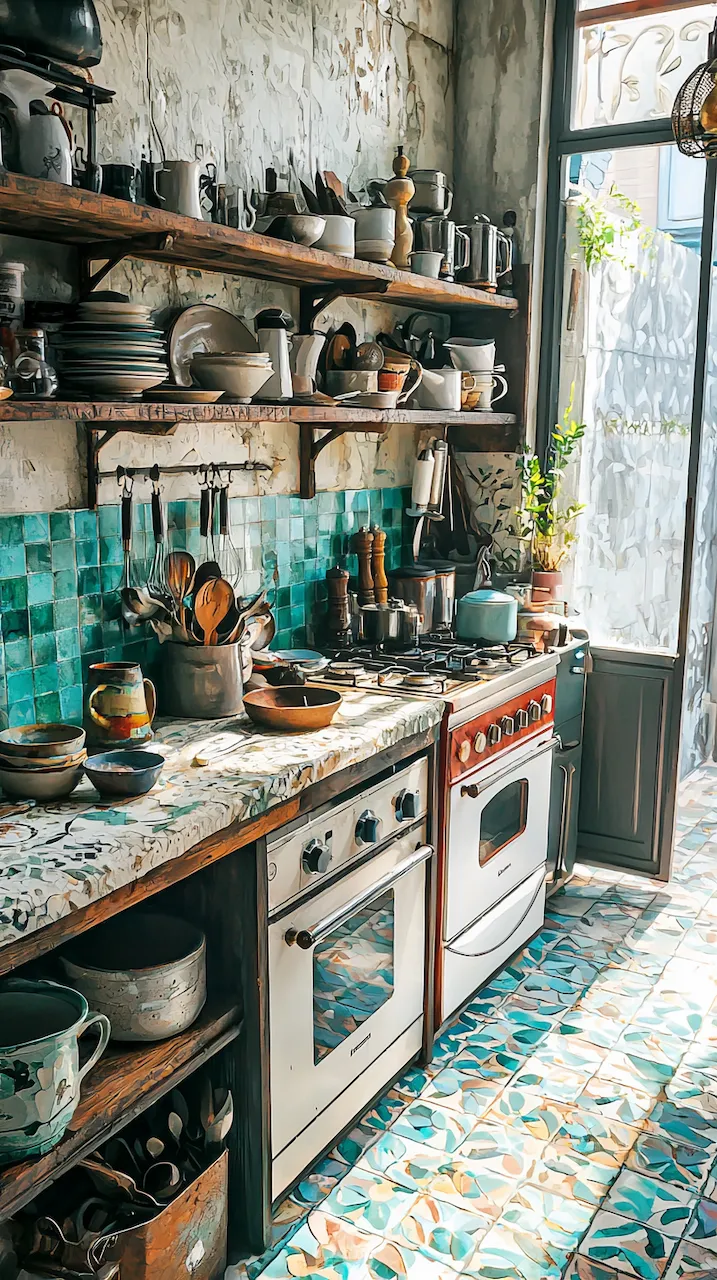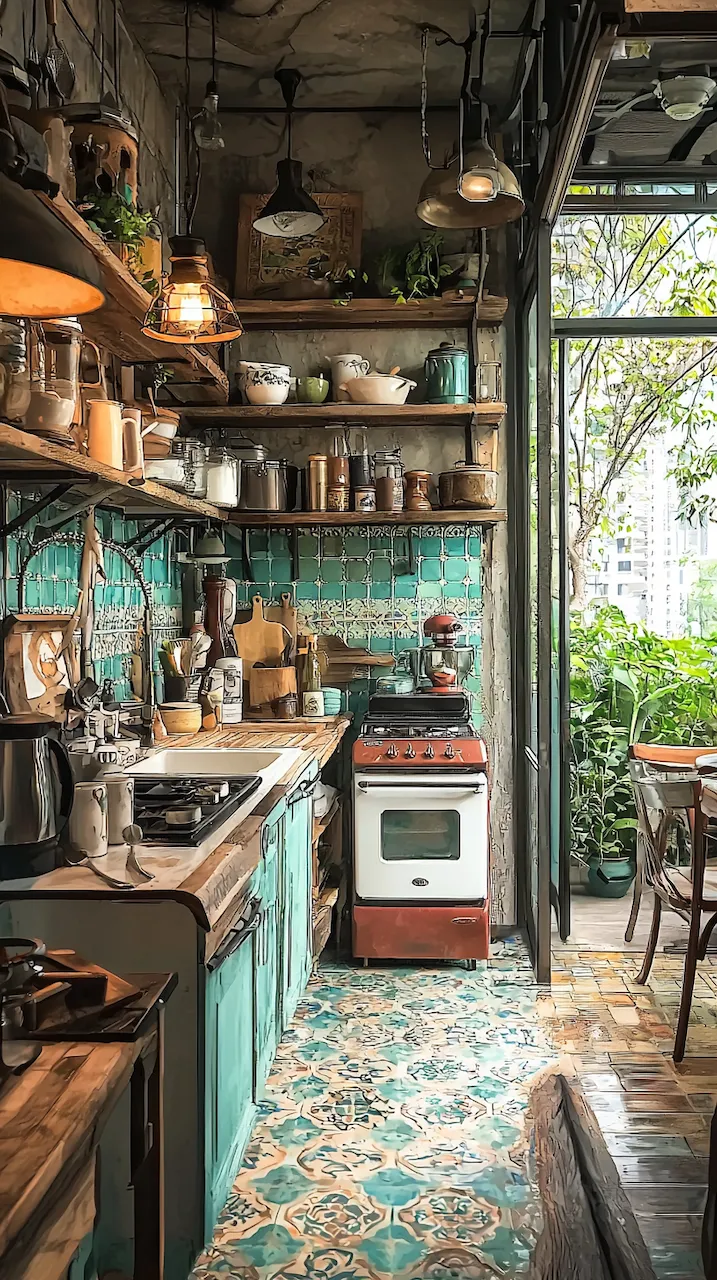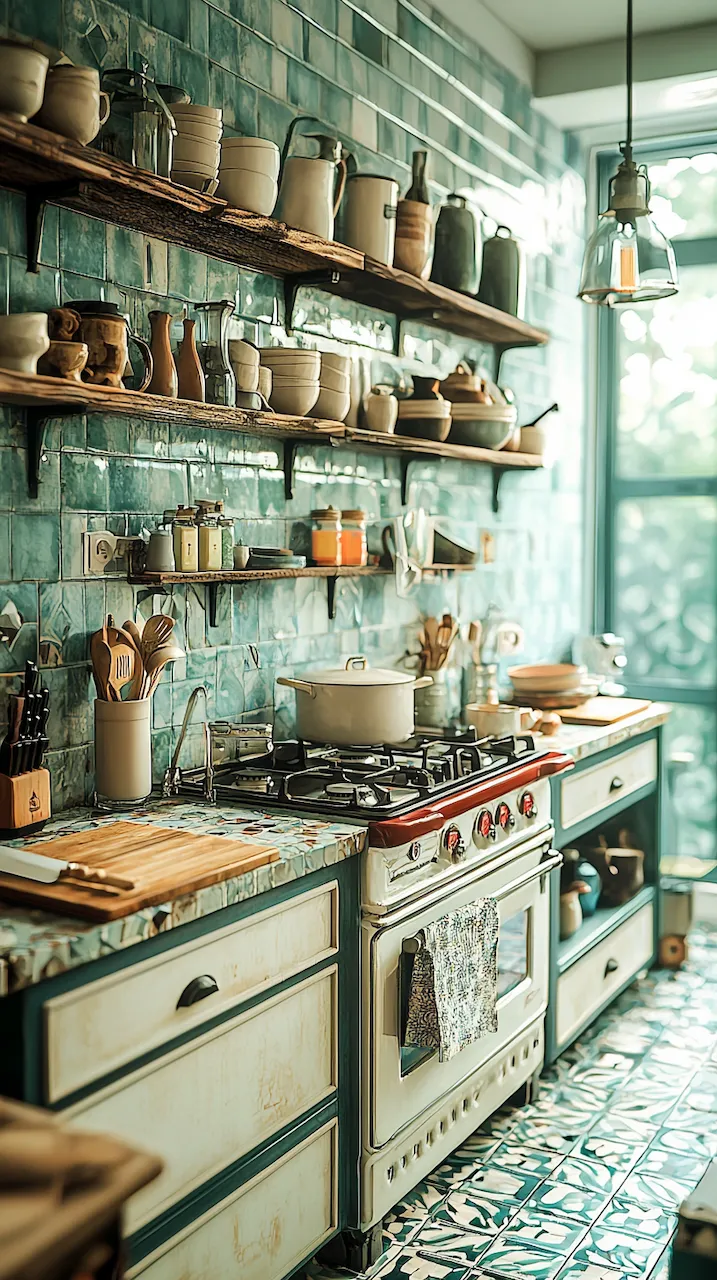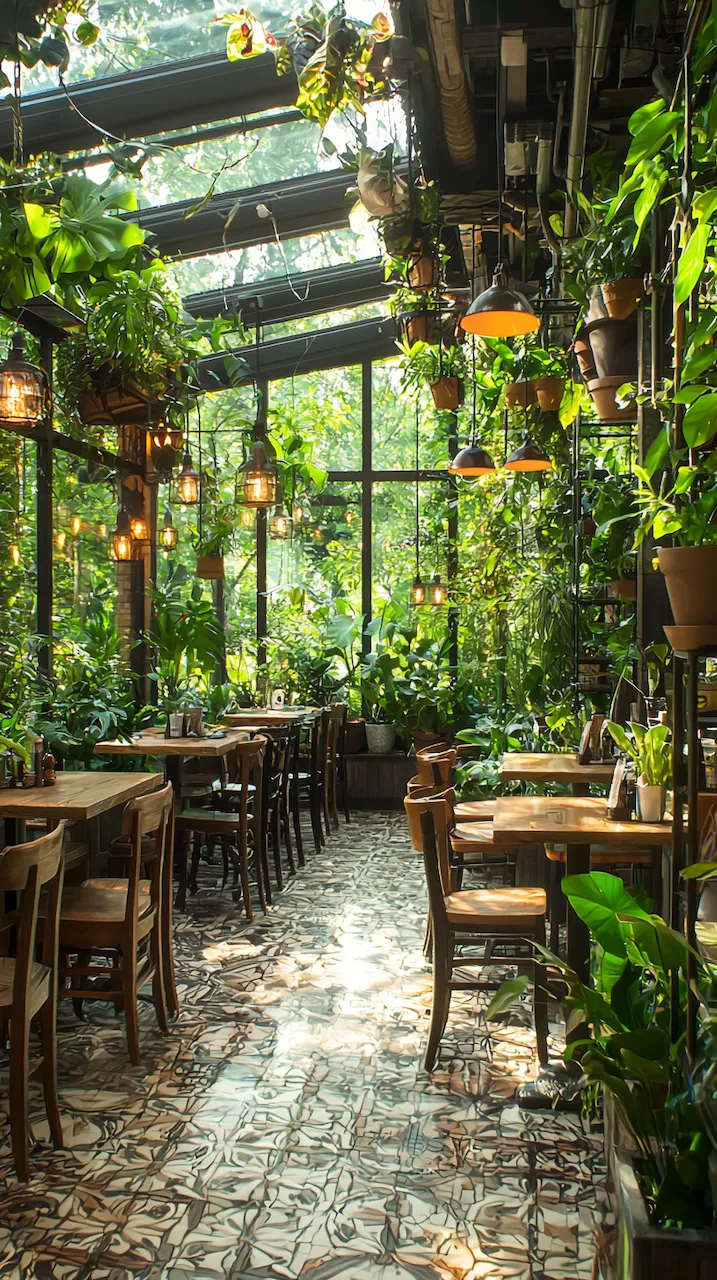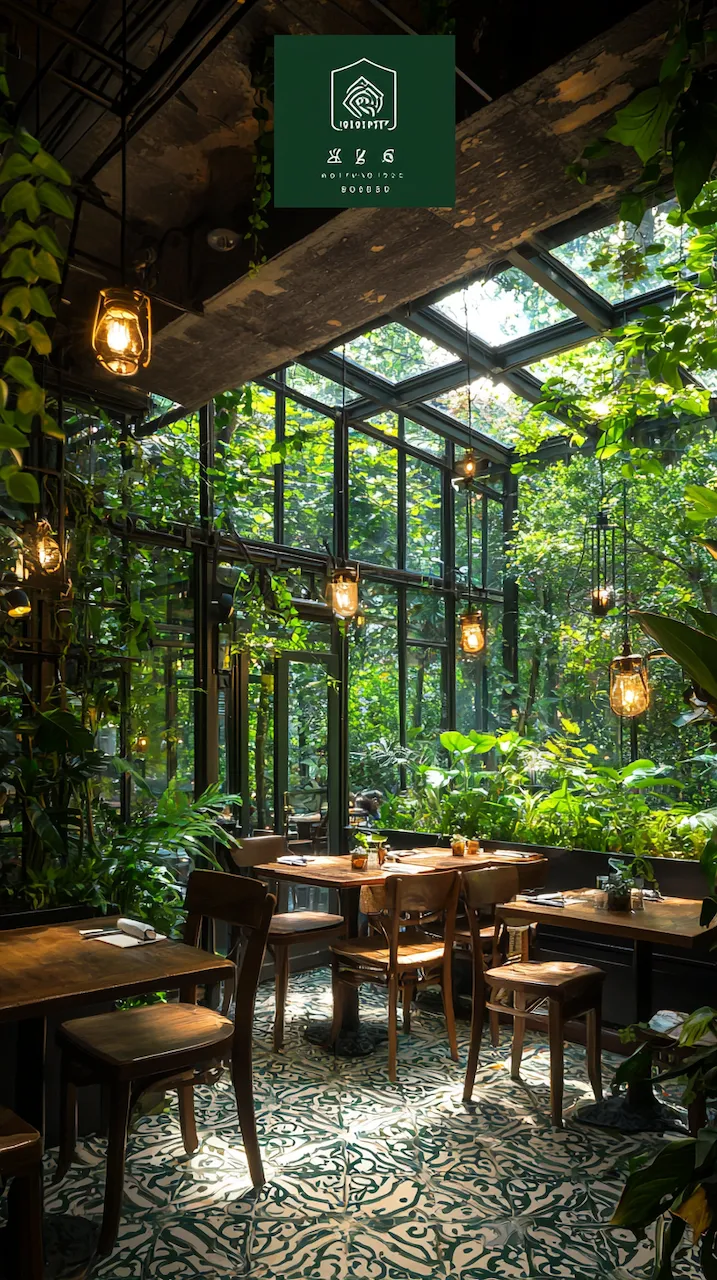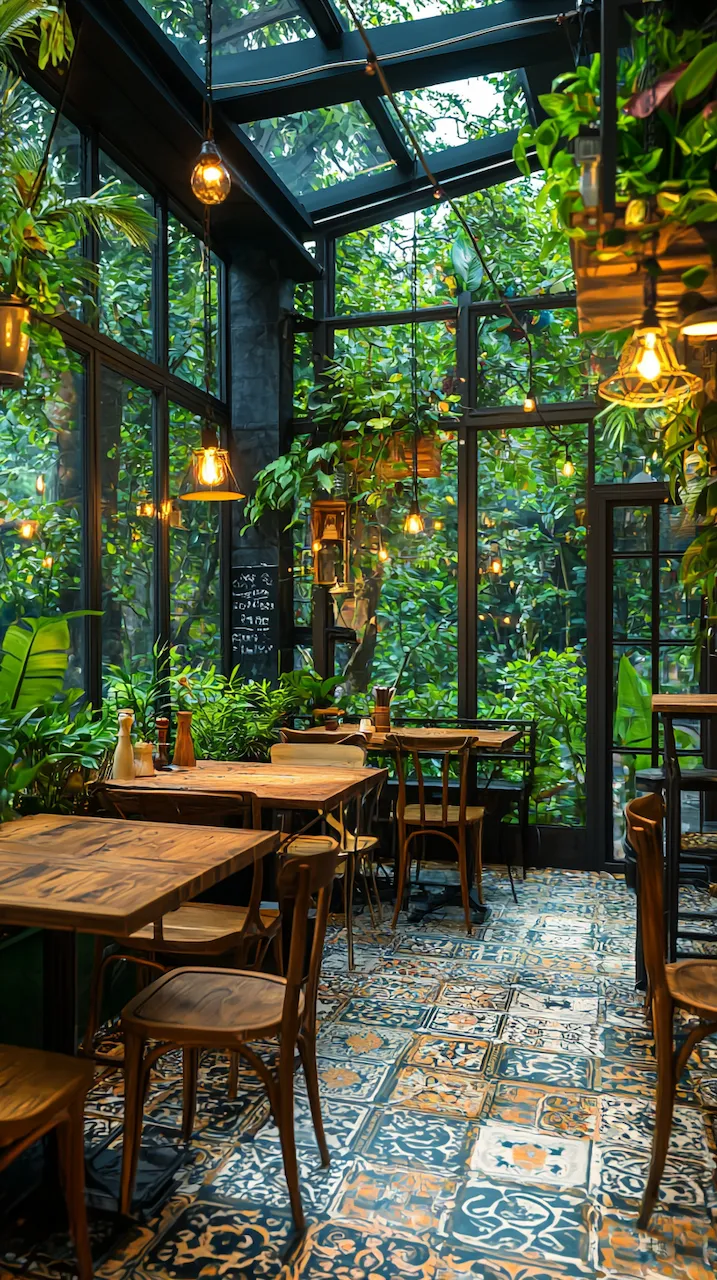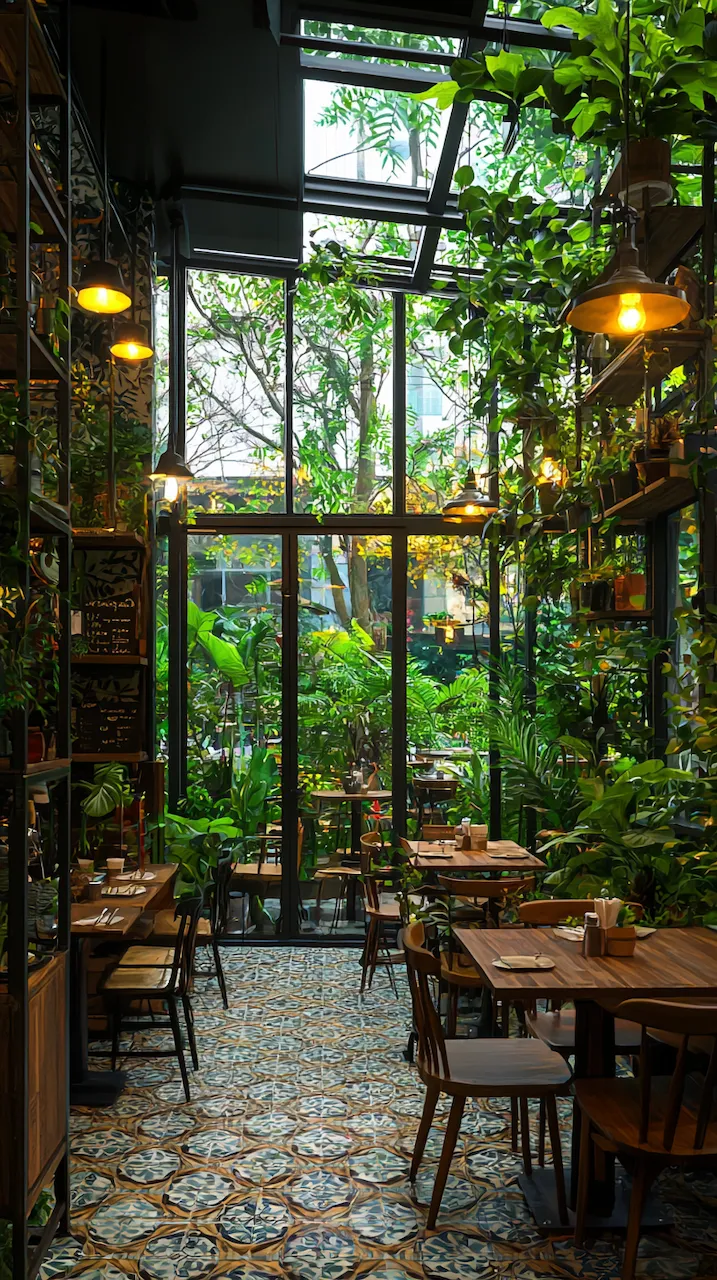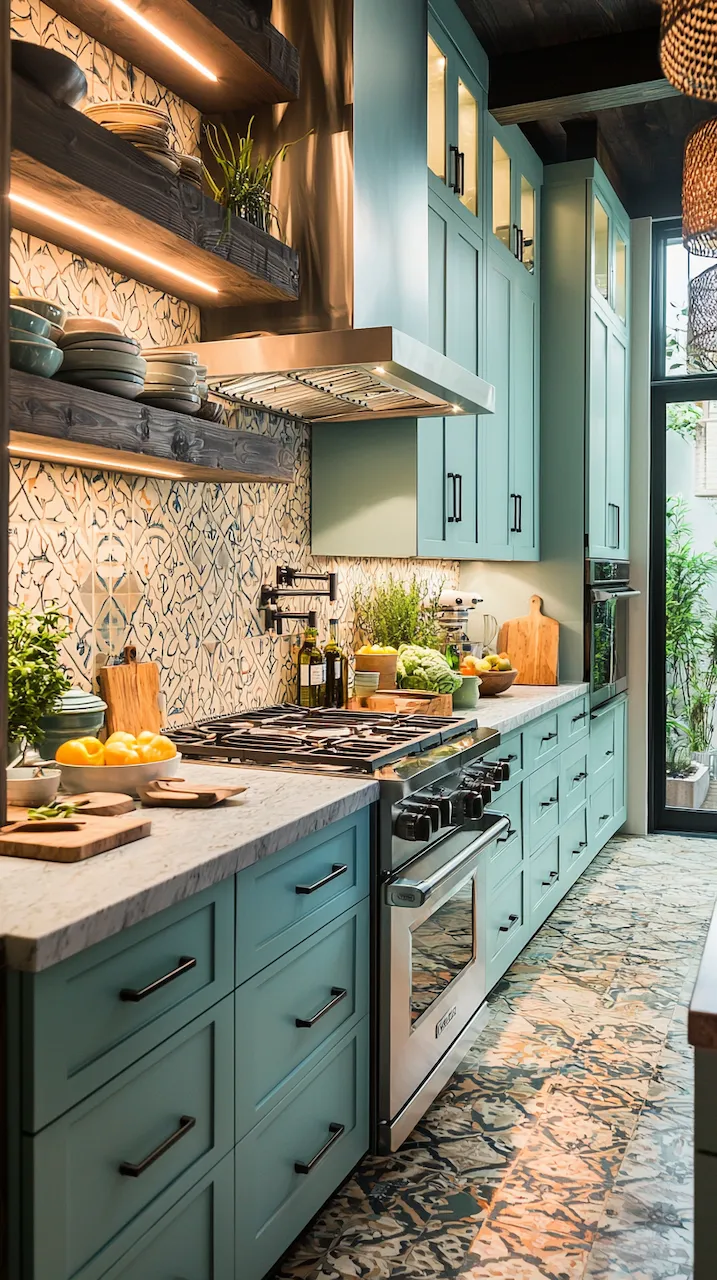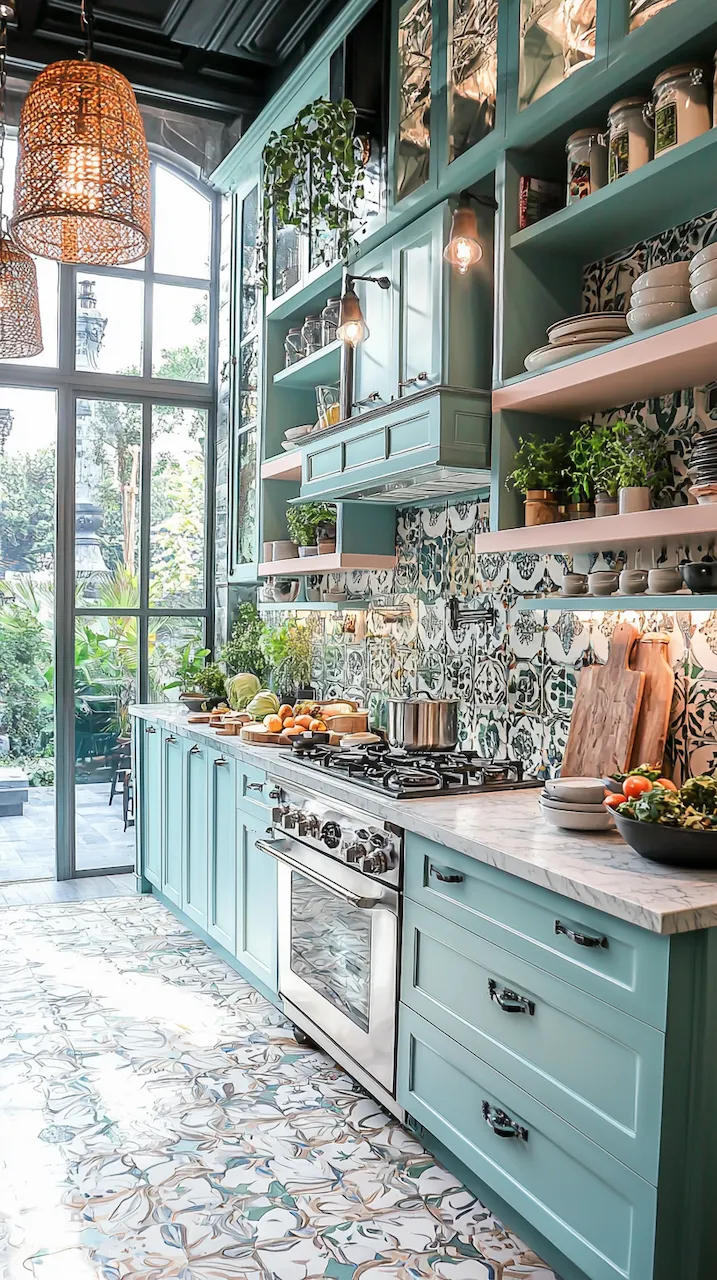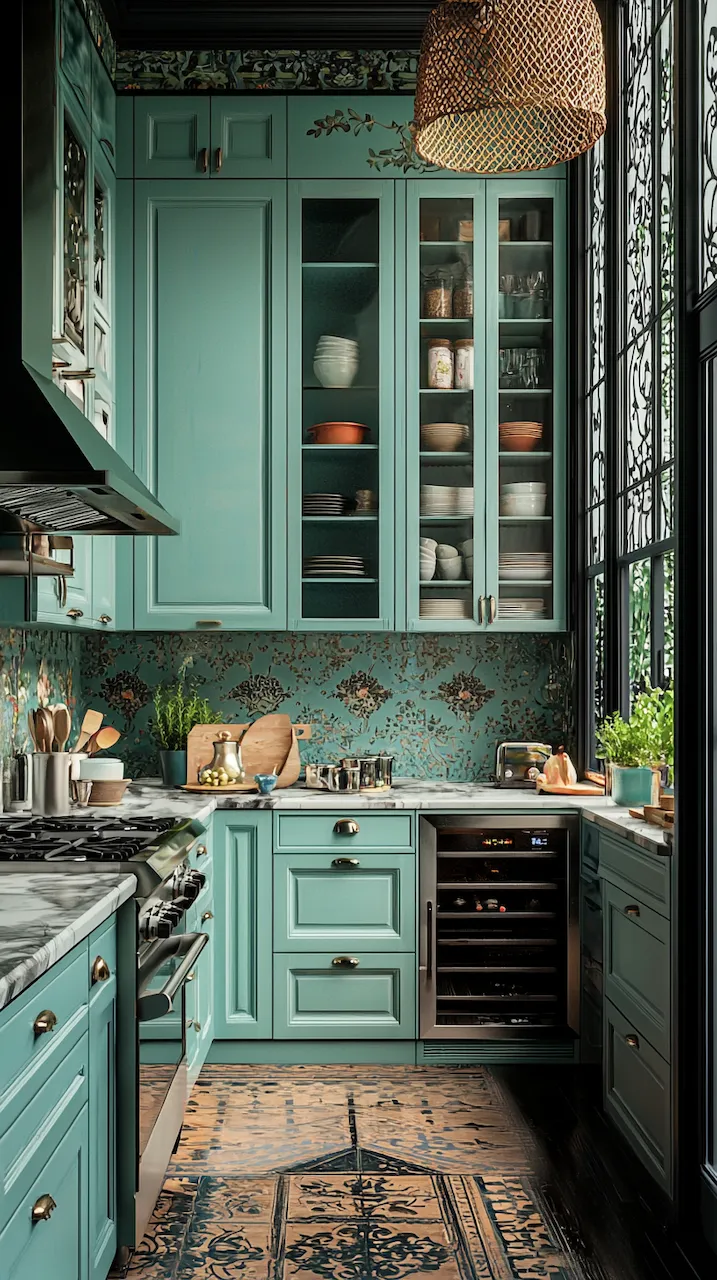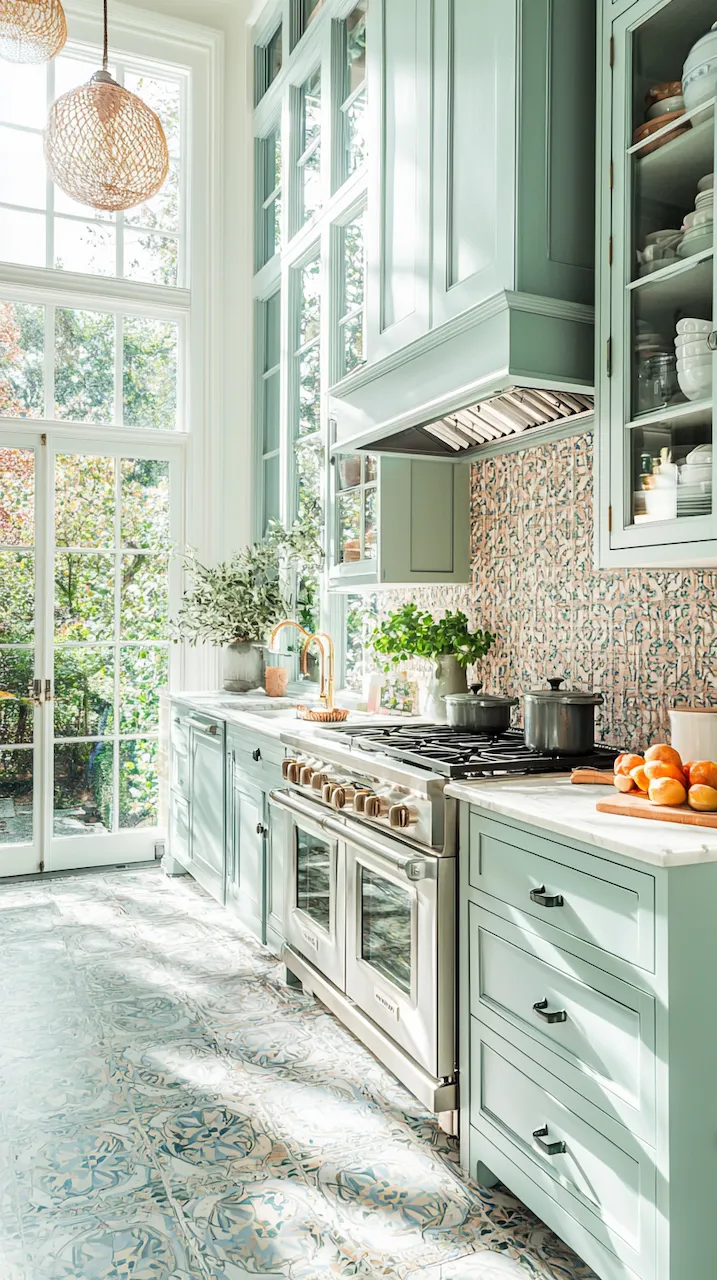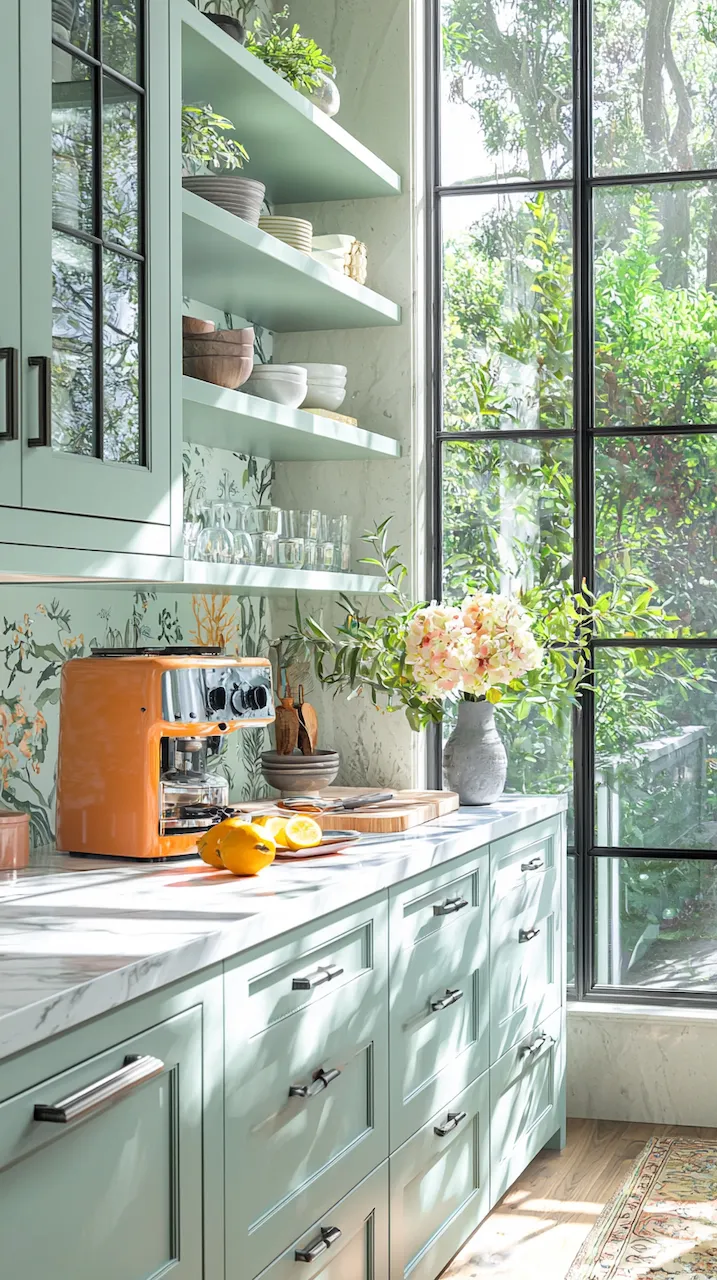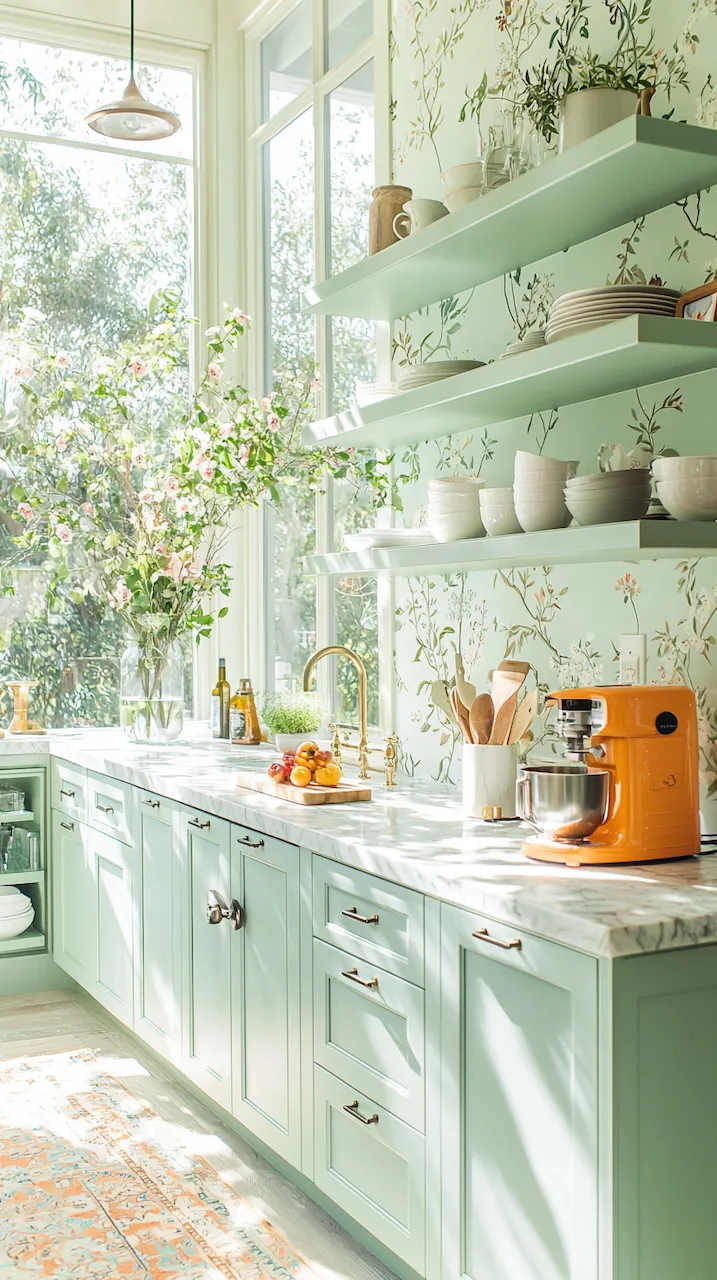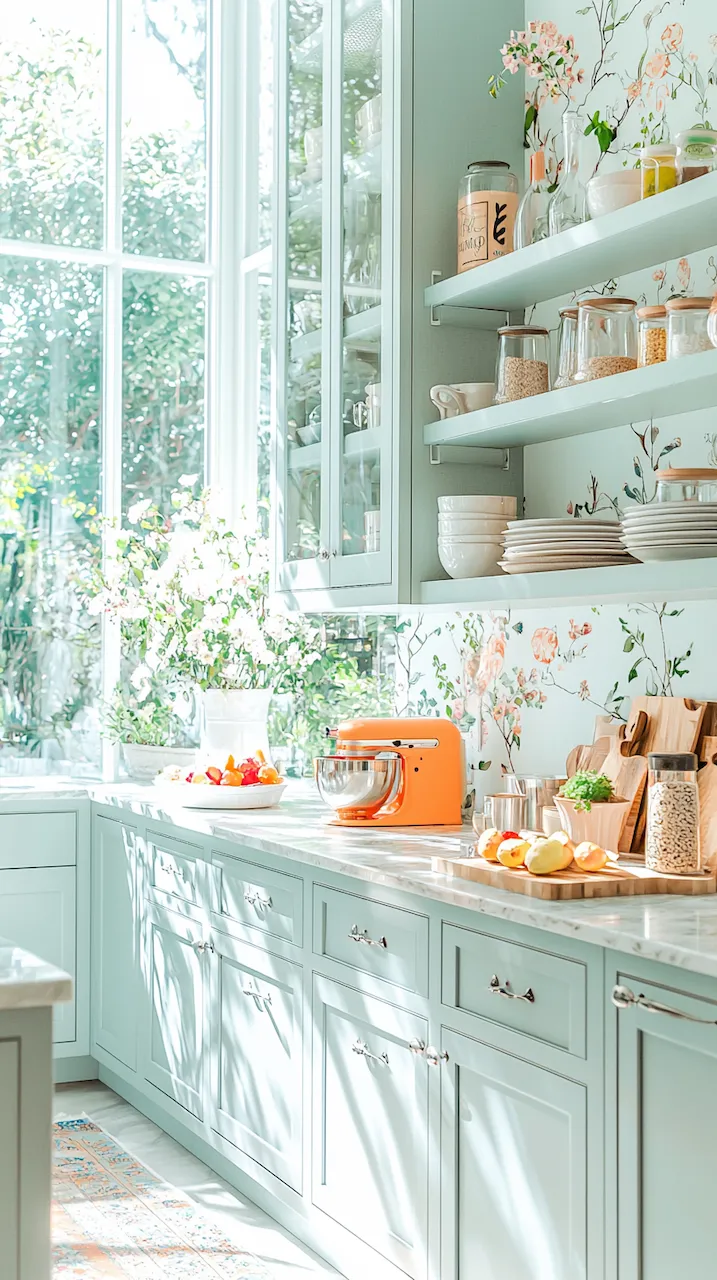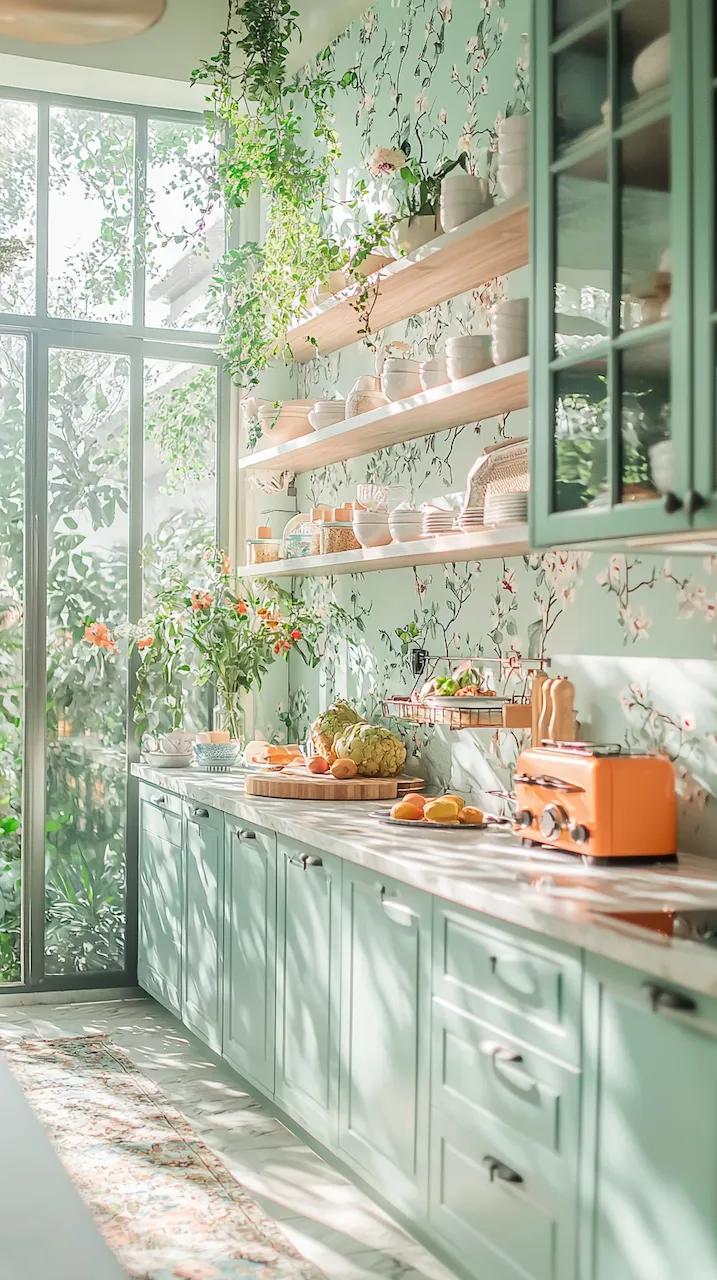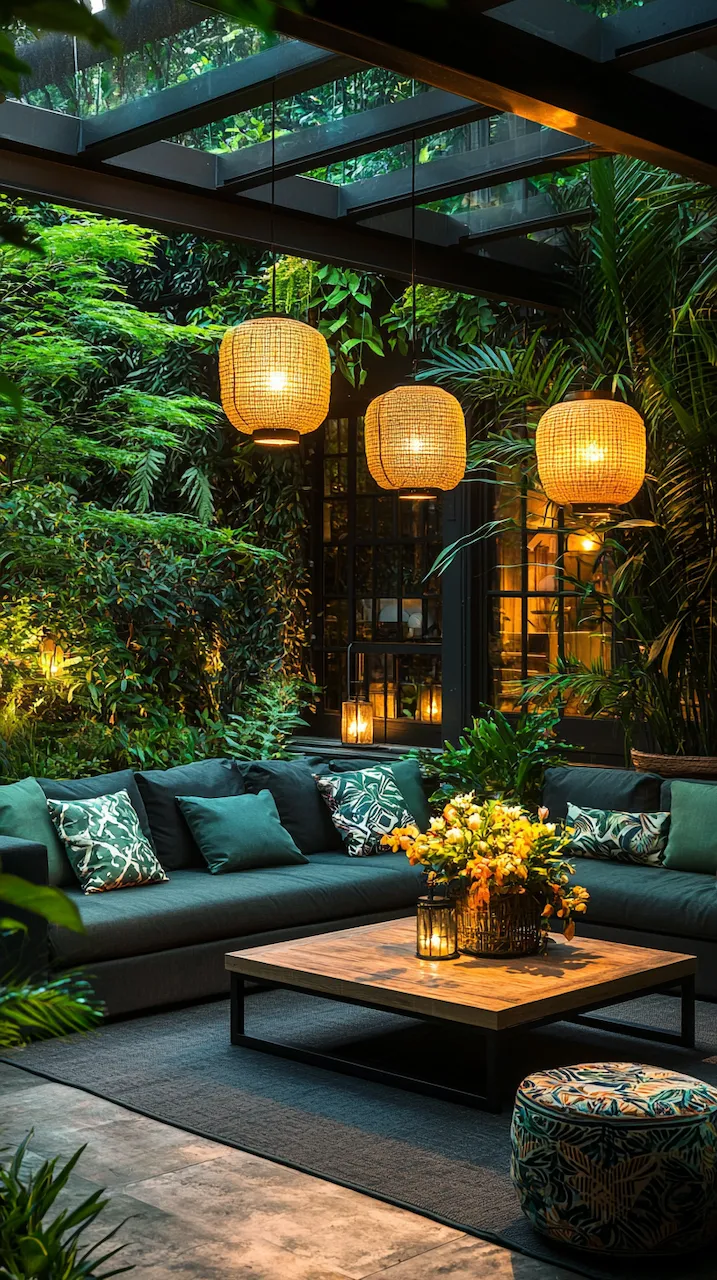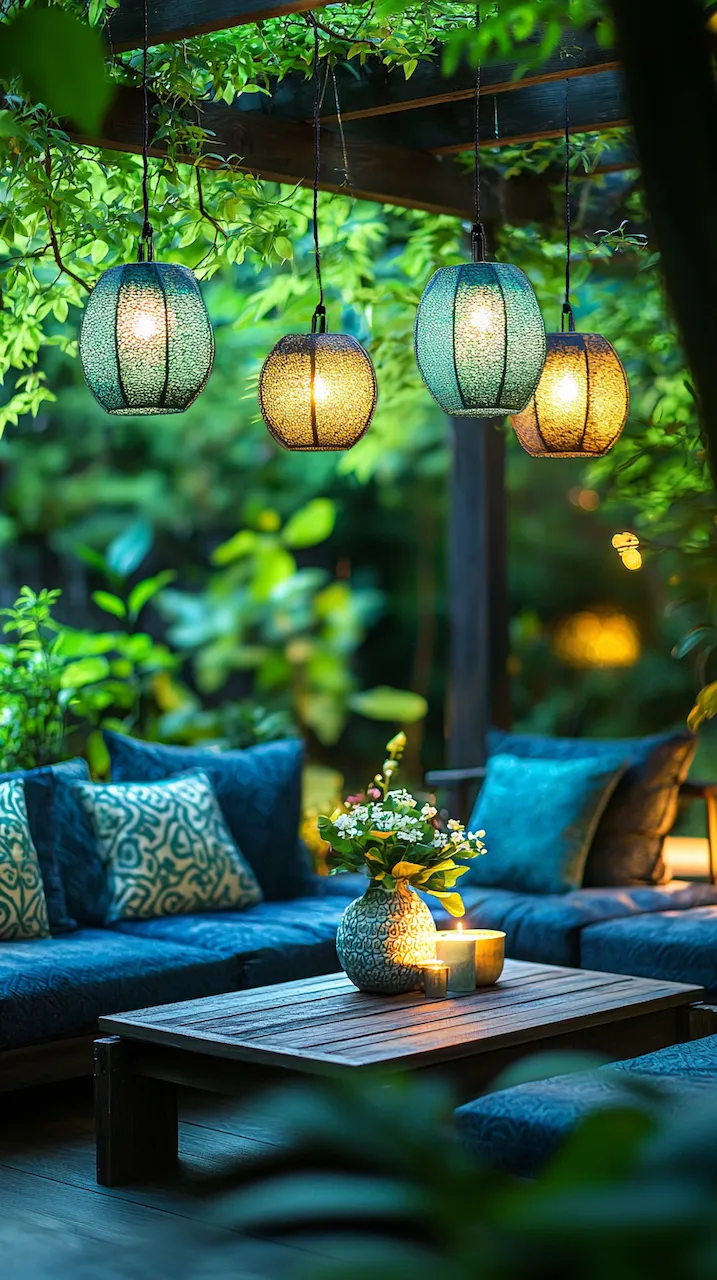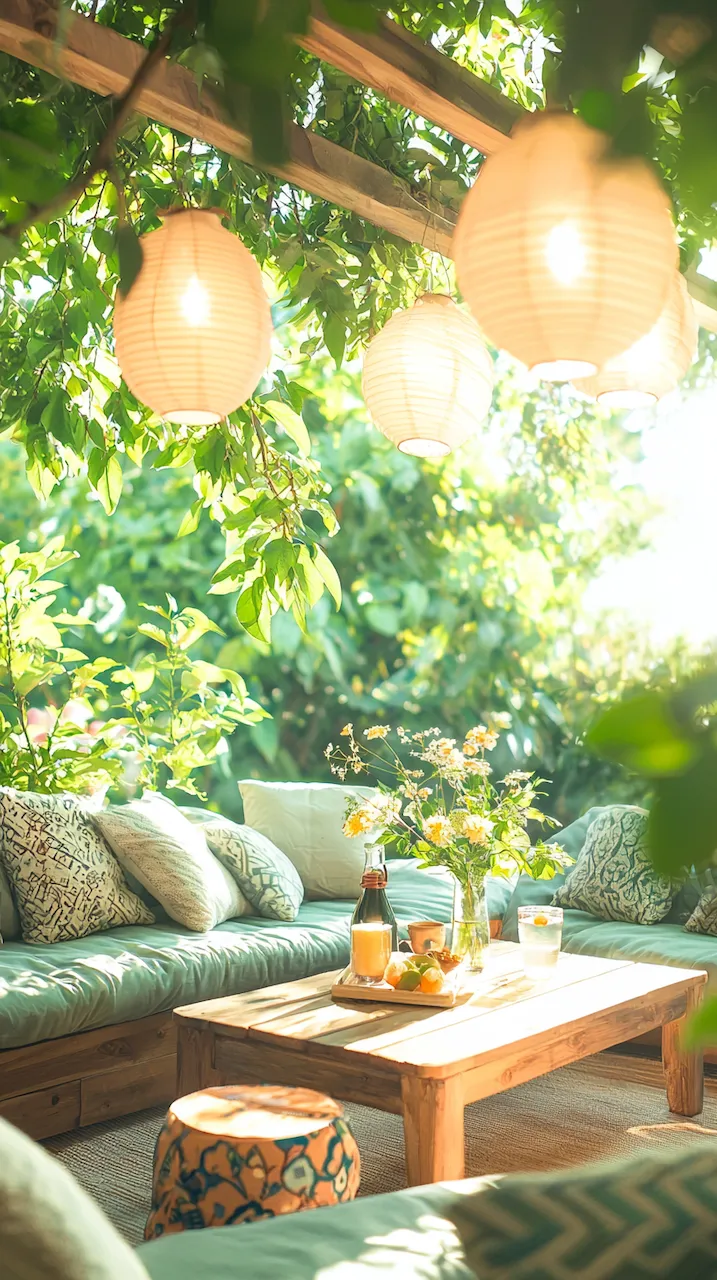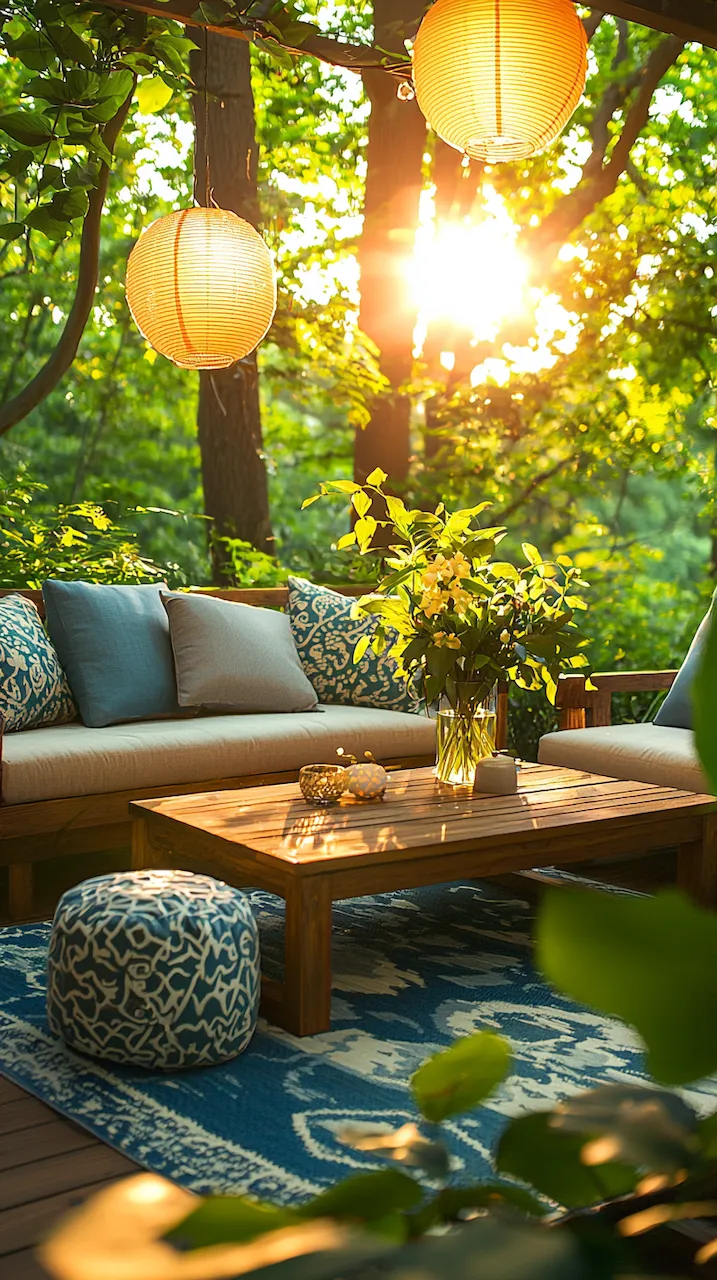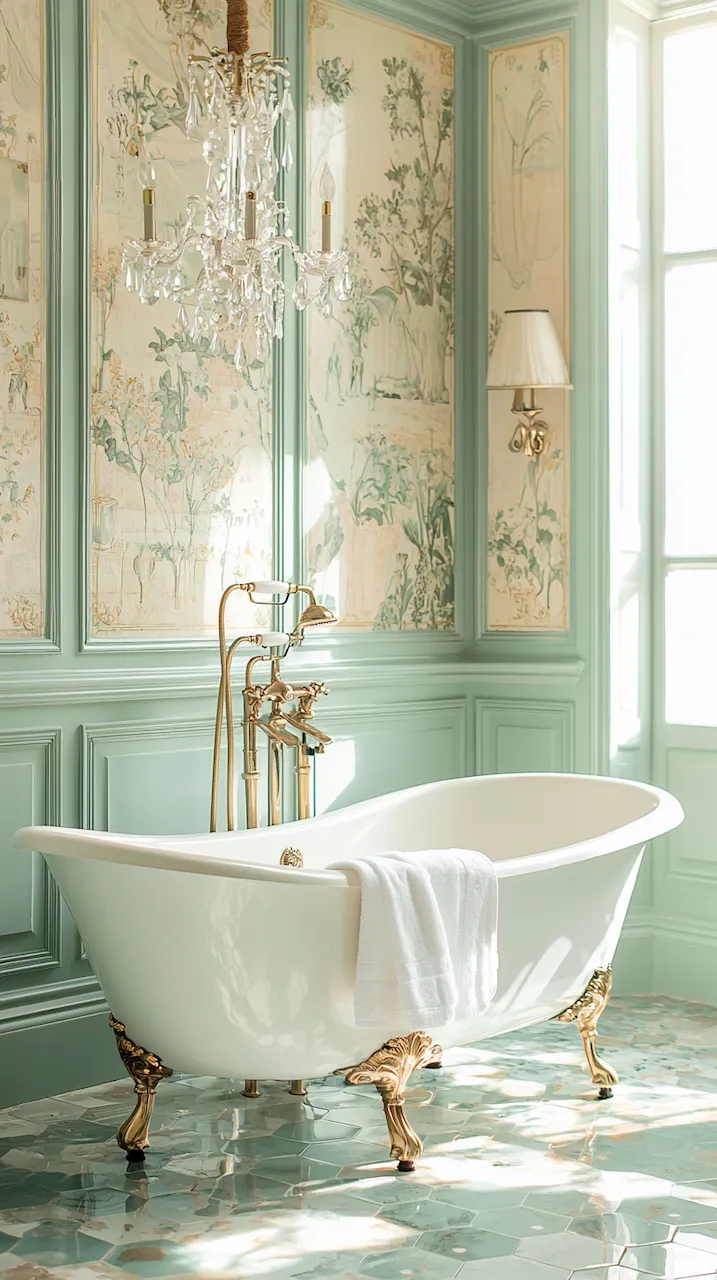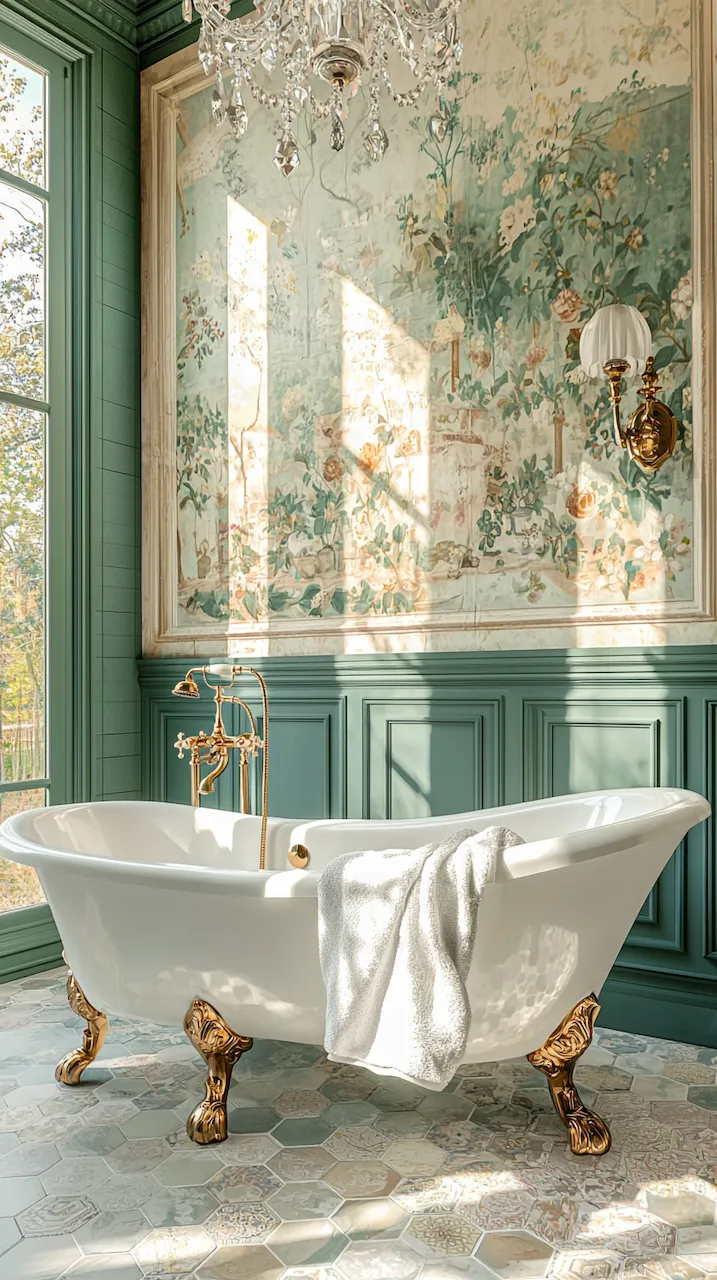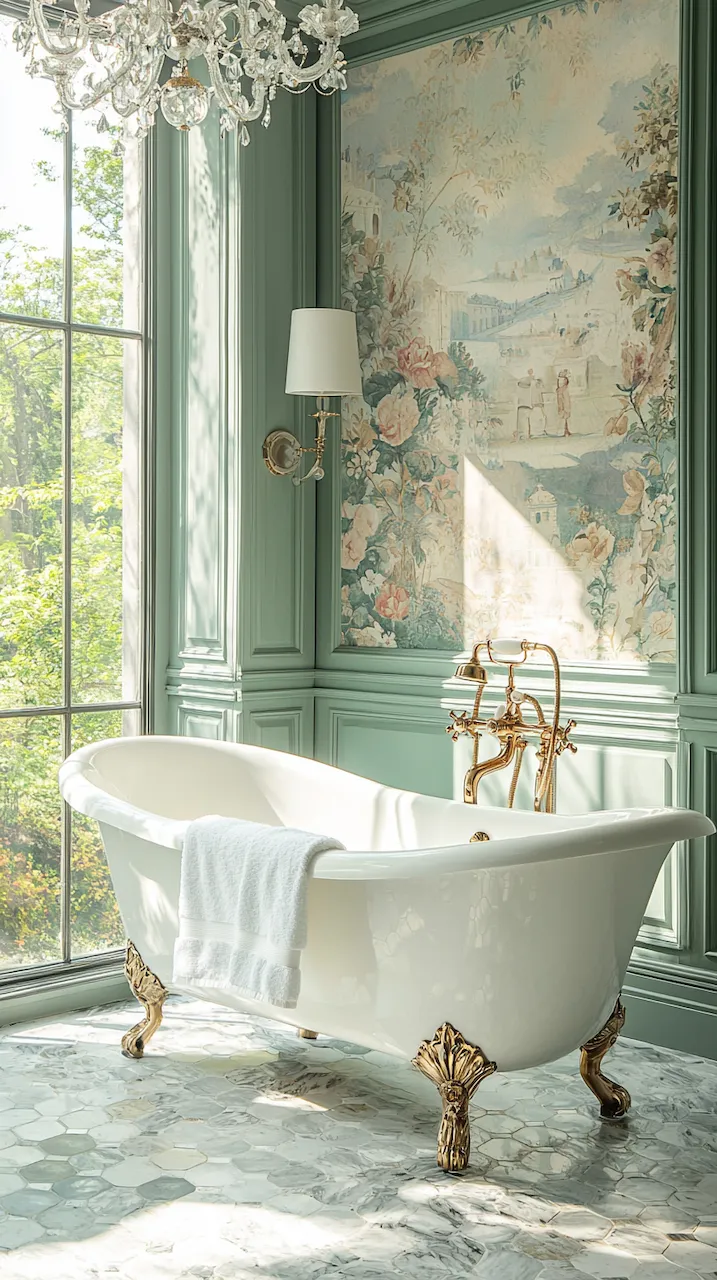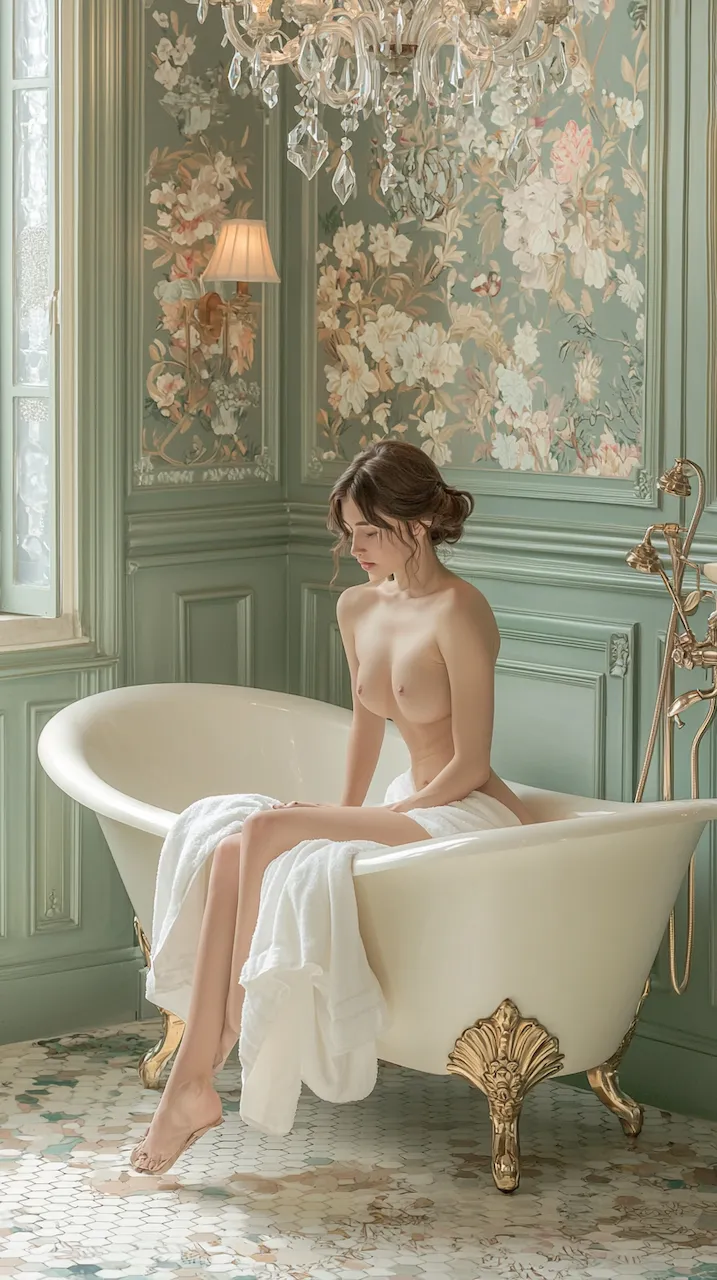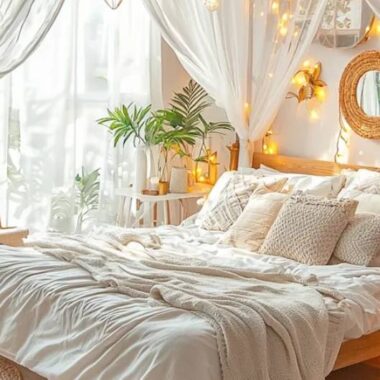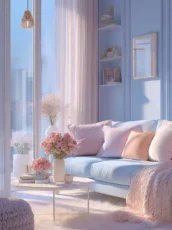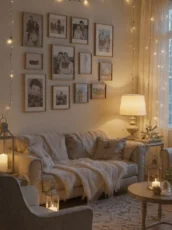Enchanting Whimsy: DIY Ideas to Infuse Your Living Room With Whimsical Decor
Statement Meets Structure
Design at its most compelling is a conversation between personality and precision. In the context of whimsical decor, that conversation becomes even more vital—because whimsy is easily misunderstood. It’s not about clutter or kitsch or the kind of randomness that reads as visual noise. True whimsical design, especially in the context of a living room, hinges on a kind of sculpted spontaneity. It must feel intentional. It must have a spine. This is where structure meets statement.
Begin with a clear point of entry: one piece that acts as both anchor and provocation. Think beyond the obvious. A high-gloss lacquered coffee table in marbled emerald green, for instance, can ground a room while still evoking fantasy. Or a velvet wingback chair with exaggerated curves in a rich peacock blue—something that looks like it belongs in both a 19th-century library and a David Lynch film. This singular object becomes your visual thesis. From it, the rest of the room should unfold, not in perfect symmetry, but in thoughtful dialogue.
DIY here becomes an act of re-imagining. A vintage trunk turned into a low-slung cocktail table becomes a whimsical anchor, especially when paired with a constellation of oversized floor cushions. Don’t underestimate the power of scale—go big with a pendant light made from rice paper and gold leaf, something that feels celestial, sculptural, and slightly absurd in the best way.
Structure comes from restraint and repetition. If you’re introducing whimsy, whether through a splashy wallpaper or an irreverent sculpture, you need repetition of shape, color, or material to give the eye a framework. A room with a bubblegum pink ceiling and terrazzo floors might sound chaotic, but if brass is repeated in the lamp bases, curtain rods, and drawer pulls, it all suddenly coheres.
Consider DIY built-ins with personality: open shelves painted in gradient ombre hues or framed in colored grout tiles. These are the kinds of small gestures that elevate whimsy from aesthetic to philosophy. Structural whimsy also shows up in furniture choices—think of reupholstering a classic Louis XVI chair in a digitally printed camouflage fabric or suspending a bookshelf from the ceiling with brass chains.
This kind of design thinking invites a layering of texture and emotion. A living room that balances whimsy with structure doesn’t look chaotic; it looks like it has a secret. It feels emotionally layered and aesthetically daring. It doesn’t tell one story; it whispers several.
The Power of Asymmetry
Asymmetry is not merely a stylistic quirk; it is a conceptual lens. It resists the tyranny of balance in favor of rhythm, movement, and nuance. When introducing whimsy into a space, especially a living room that serves as both refuge and stage, asymmetry adds the kind of emotional complexity that symmetry simply cannot.
Start with layout. Most living rooms are arranged around the false altar of the centered TV. To subvert that, shift your focal point. Place your sofa off-center and create tension with a sculptural armchair angled toward a window. Let your coffee table be oval, not rectangular, and allow a floor lamp to arc not from the middle of the seating arrangement but from its edge, throwing light in a sweeping gesture across the room.
Gallery walls are an obvious yet fertile ground for asymmetry. Instead of a neat grid, arrange your art pieces in a cascade that mimics movement—think of them as visual stanzas. A tiny oil painting next to a huge textile piece, a round mirror above a rectangular photograph. Use space, not just object, as a medium. Let some areas breathe while others cluster like a rush of thought.
Asymmetry is also tactile. Mix textures that don’t traditionally belong together: a velvet bench beneath a rattan wall sculpture, a sheepskin throw tossed across a cold steel armchair. These collisions create a sense of lived-in poetry. Add a DIY element by crafting a series of wall hangings made from mismatched vintage scarves, each one stretched over wooden frames in varying sizes and hung in a deliberately skewed pattern.
Even lighting can be asymmetric in a whimsical space. Install sconces at different heights, or hang pendant lights in a staggered formation. These visual oddities force the viewer to stop and question—they foster curiosity. A chandelier made from colored wine bottles might hang near a floor lamp constructed from copper pipes and Edison bulbs. The dialogue between them is dynamic, not didactic.
Furniture, too, benefits from an asymmetric mindset. Nesting tables that never fully align. A bookshelf with staggered cubbies. A DIY corner table made from a reclaimed door set on hairpin legs. These objects are not symmetrical, but they are coherent in their intentionality. Whimsy doesn’t mean random—it means aware. It means choosing imbalance because balance would be too obvious.
Ultimately, asymmetry in design reflects the asymmetry of life. It suggests a living room where improvisation is welcome, where not everything is predetermined. It speaks to a deeper philosophy: that design, like identity, is not a fixed center but a fluid constellation.
Materials That Talk Back
Materials are more than matter—they are mood, message, and memory. In whimsical interiors, the material palette must do more than harmonize; it must provoke. A good whimsical living room doesn’t just look interesting; it feels like a tactile essay in contrast and charisma. When done right, even DIY elements can carry the weight of narrative through the materials they embrace.
Velvet, for instance, brings a plush sensuality to any space. It whispers luxury and mischief. A velvet ottoman in mustard yellow can be the perfect focal point for a room that also includes industrial touches. Place it next to a rough concrete planter or a steel-frame chair with a raw edge. That friction between soft and hard, luxe and utilitarian, creates a sensory drama that’s wholly modern.
Terrazzo is another whimsical material with intellectual heft. Originally an economical composite of stone and concrete, terrazzo has enjoyed a renaissance in high-design circles. A DIY terrazzo side table (using a mold and colorful chips) becomes a miniature sculpture in your room—playful, practical, and deeply textural.
Polished concrete floors might sound severe, but pair them with woven wall hangings and hand-loomed rugs, and suddenly the severity feels purposeful. Whimsy thrives on such contrast. Add a DIY slatted wood wall treatment stained in two alternating tones, and you’ve created a visual rhythm without sacrificing simplicity.
Brass is a material that does a lot of heavy lifting in whimsical design. It reflects light, adds a bit of retro flair, and pairs effortlessly with almost anything. Try crafting your own brass pipe shelving or spray-painting basic drawer pulls in a brushed gold finish. It’s not just about the shimmer—it’s about adding a punctuation mark to the material story.
Don’t overlook the power of humble materials either. Cork boards framed in ornate gilded frames. Recycled glass used as vases or light fixtures. Painted plywood used to construct wall niches or geometric bookshelves. These accessible materials, when treated with respect and imagination, become vehicles for originality.
What unites all these material choices is their capacity to engage. They ask you to touch, to wonder, to question origin and context. This is the essence of whimsical design: materials that don’t just sit pretty, but talk back. They complicate the space in the most delightful way.
Design With a Thesis
A well-designed living room should do more than impress. It should express. It should have a thesis—an argument, a throughline, a reason to exist. Whimsical DIY design invites you to move past the purely aesthetic into the terrain of meaning. Here, your living room becomes a kind of curated memoir: part personal history, part imagined future.
This begins with storytelling. Consider a gallery wall not as decoration, but as narrative. Each item should have a provenance or a purpose. Mix original artwork with found objects. Frame your grandfather’s handkerchief next to a contemporary print you bought in Berlin. Hang a poem you wrote. The juxtaposition creates a living timeline, and the wall becomes a kind of open letter.
Color, too, is part of your thesis. A palette of deep green and ivory suggests restraint and reverence for tradition, but add in a shock of coral or lilac and suddenly you’ve added wit. Your color choices should say something: about where you’ve been, who you are, what you find beautiful or bizarre.
Furniture selection becomes semiotic. An art deco console table might suggest nostalgia and glamour; a DIY side table made from an old record player might indicate a love for repurposing and play. These are not just style choices. They are philosophical declarations.
Even spatial decisions can support a thesis. If your thesis is comfort-as-resistance, then your living room might center on overstuffed seating, warm lighting, and natural textiles. If your thesis is curiosity and experimentation, you might opt for modular furniture, unconventional layouts, and bold pattern clashes.
Think of your DIY projects as footnotes or subplots. A handmade mobile constructed from driftwood and brass shapes. A painted border around a doorway in a folkloric motif. A decoupaged coffee table that turns vintage postcards into a collage of wanderlust. These moments reinforce the overall narrative of your space.
A thesis-oriented living room invites deeper engagement. It becomes a space that doesn’t just accommodate guests, but starts conversations. It offers not just visual pleasure, but intellectual intrigue. It allows you to live inside your own ideas.
To design with a thesis is to insist on coherence, even within chaos. It is the ultimate exercise in self-awareness—and the most meaningful expression of whimsy you can offer.
